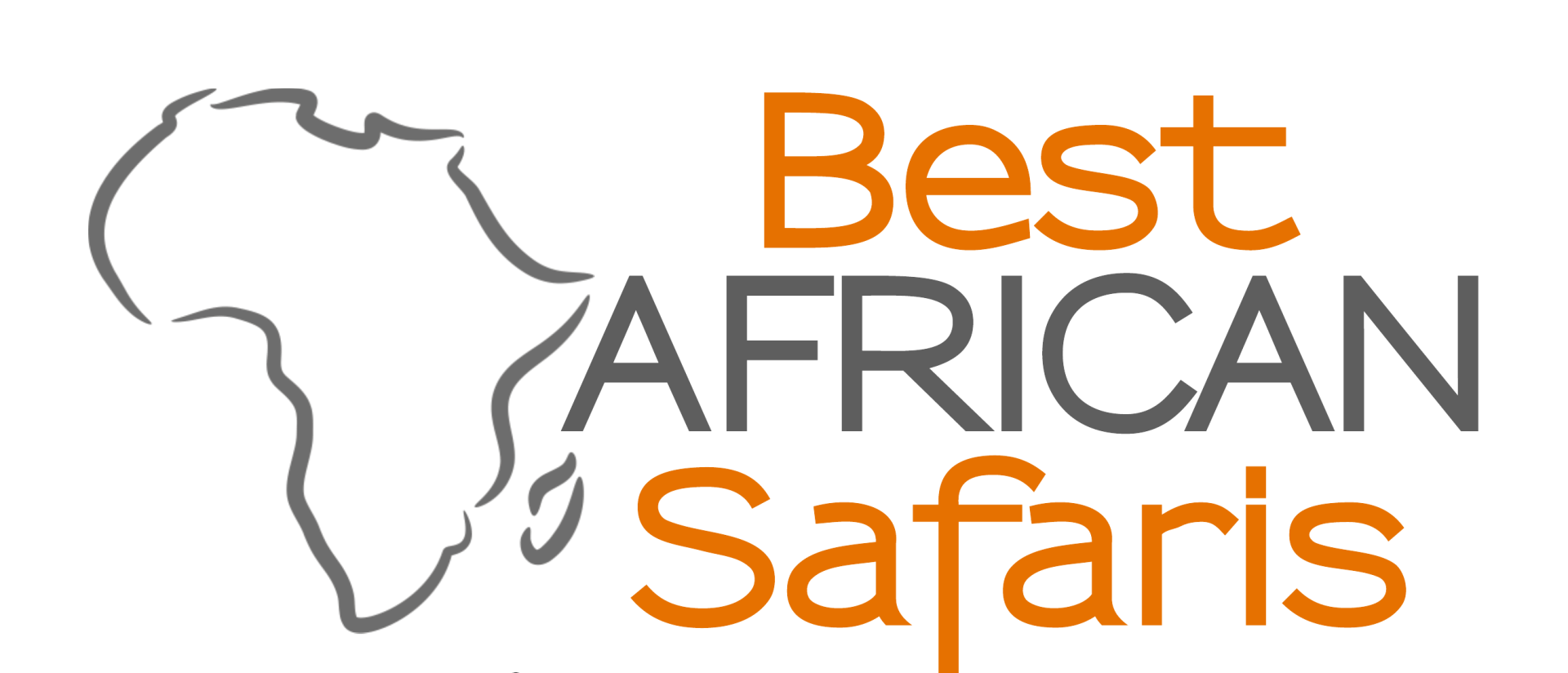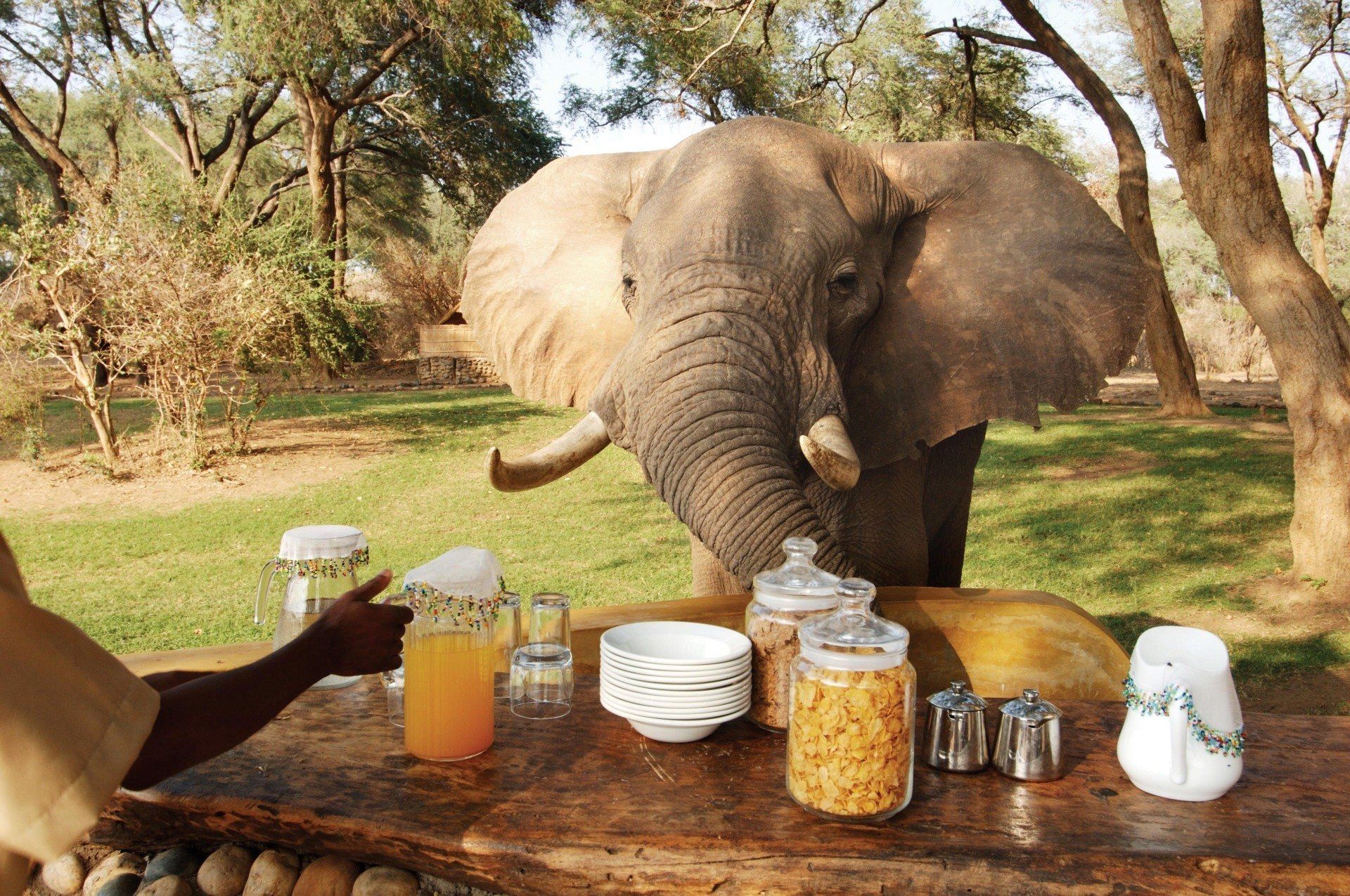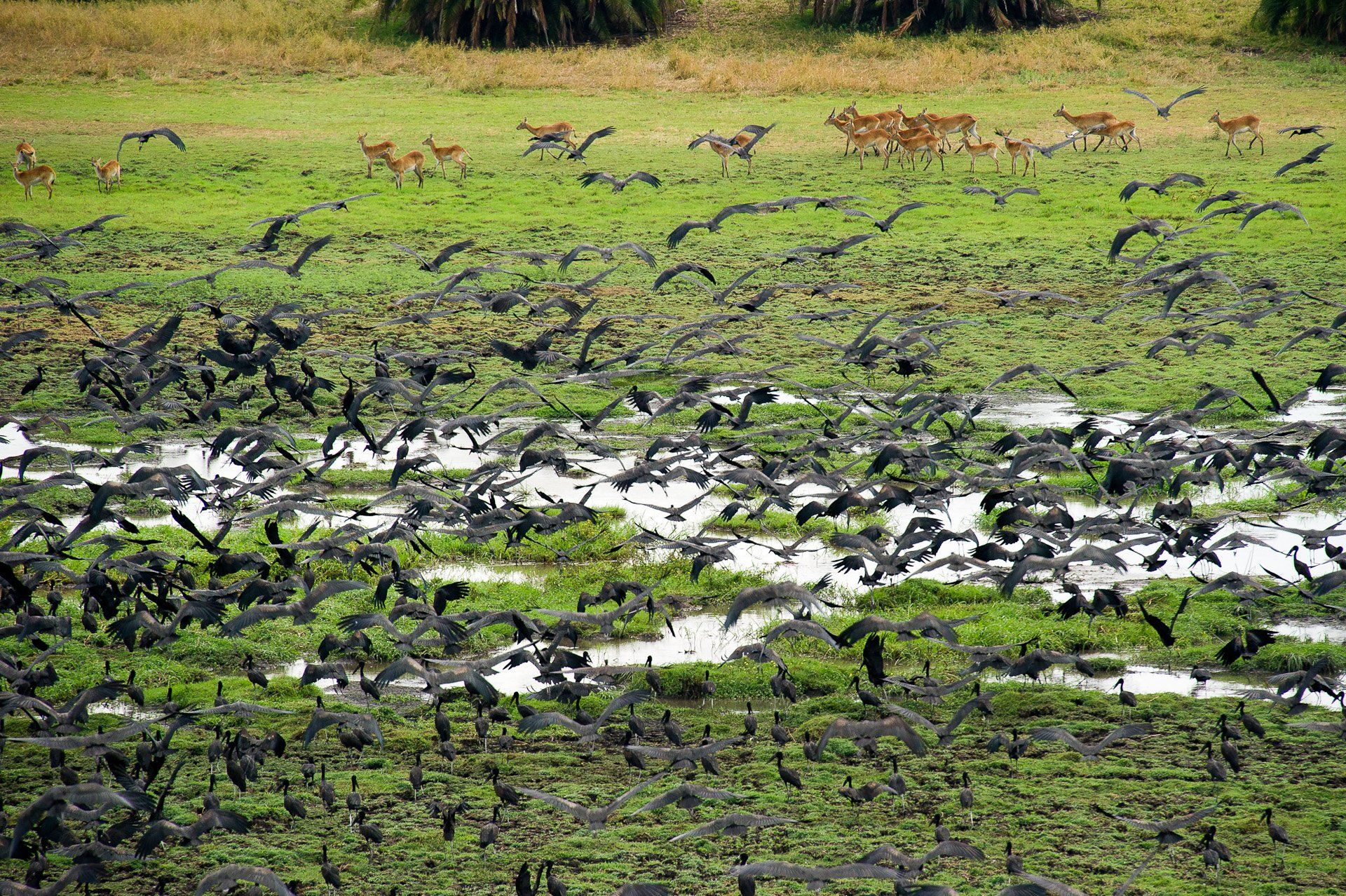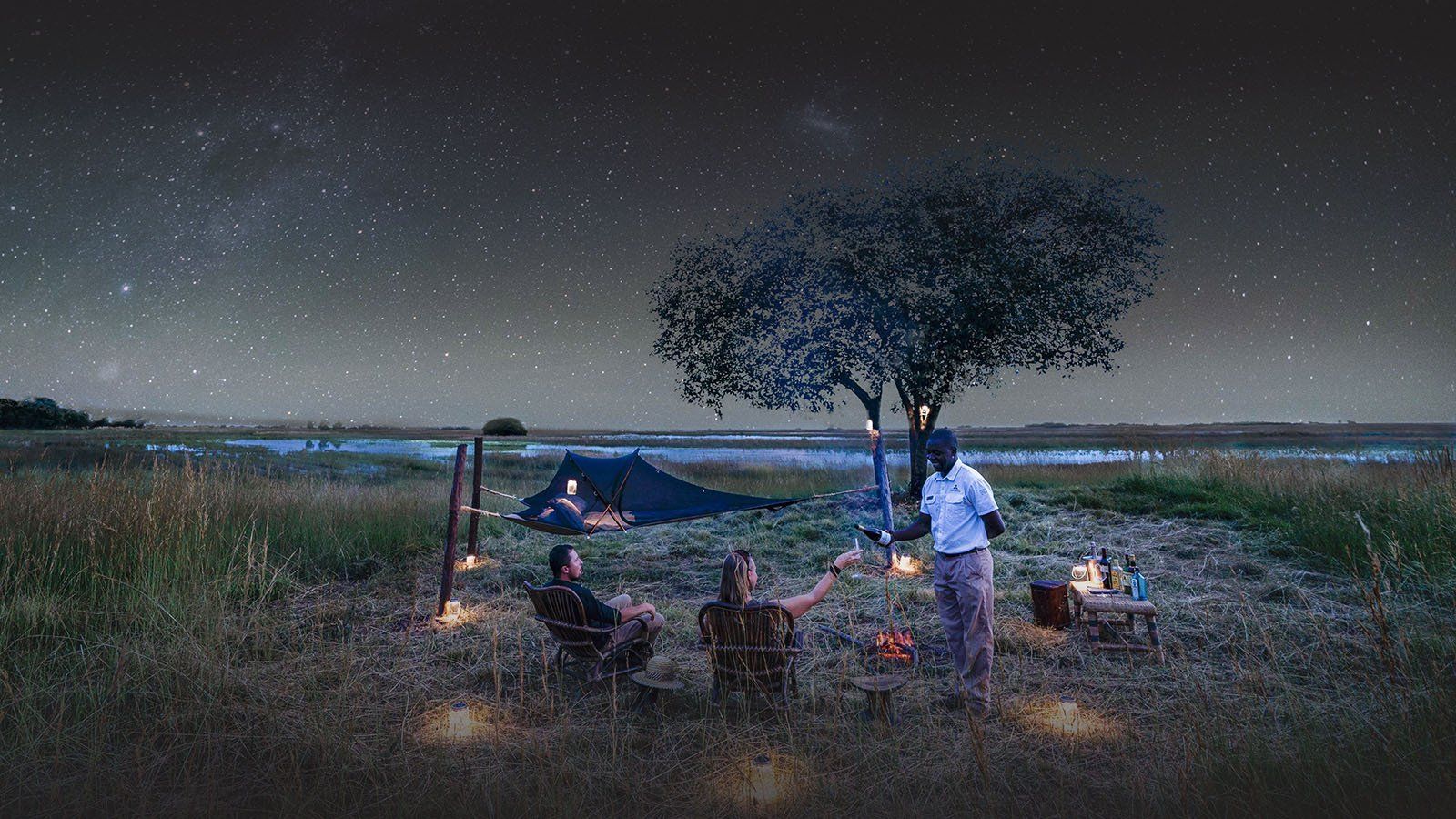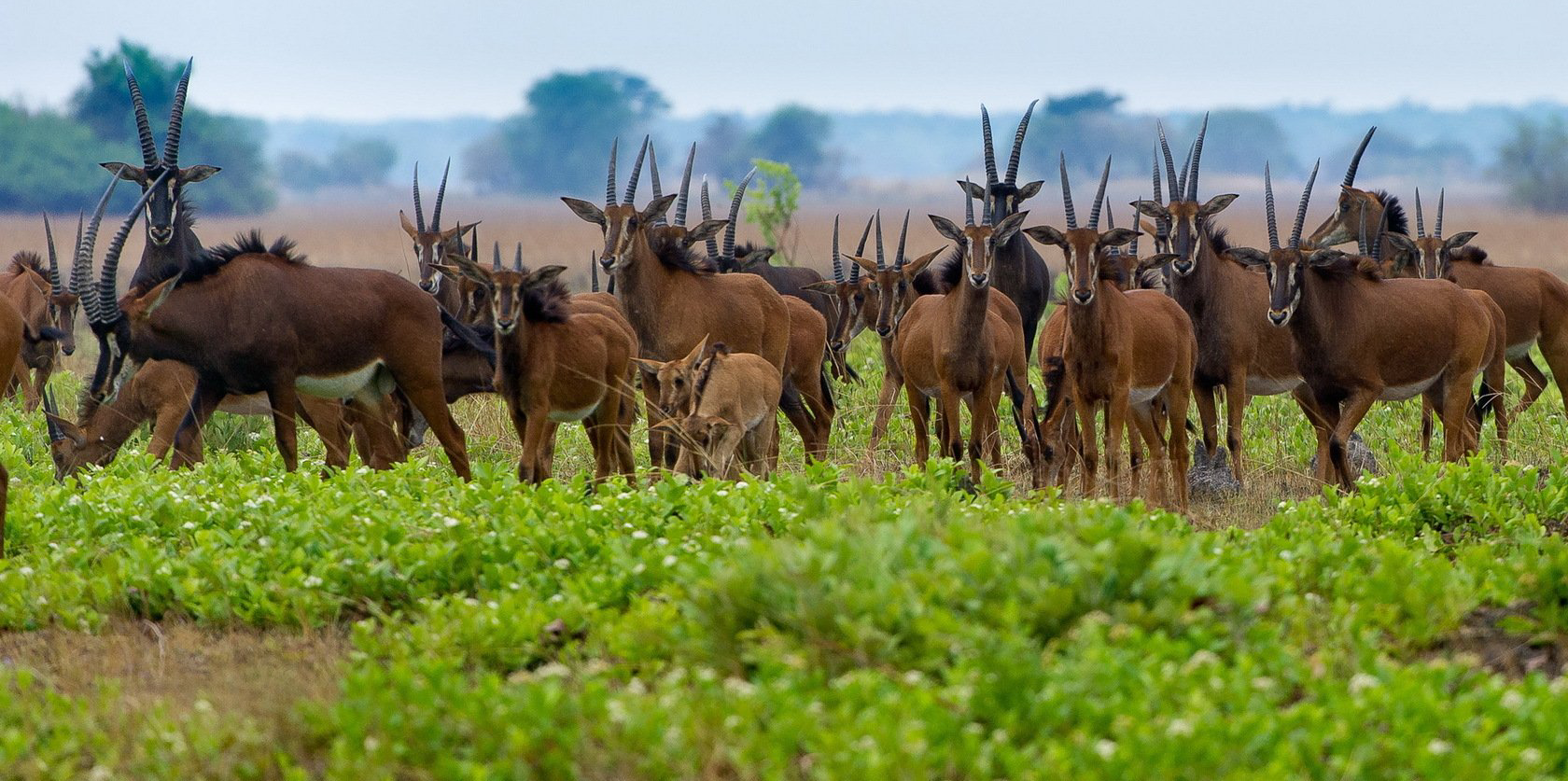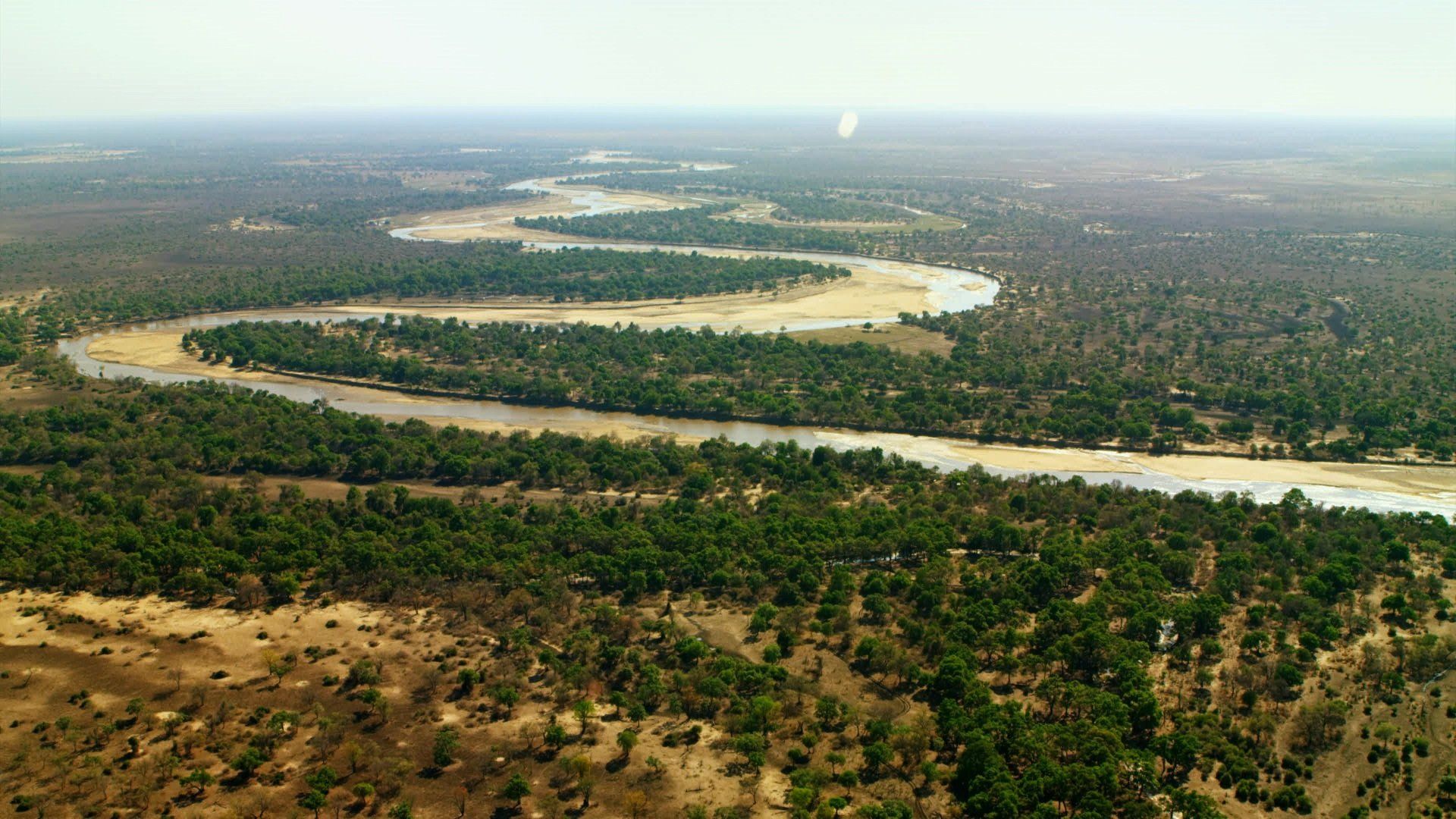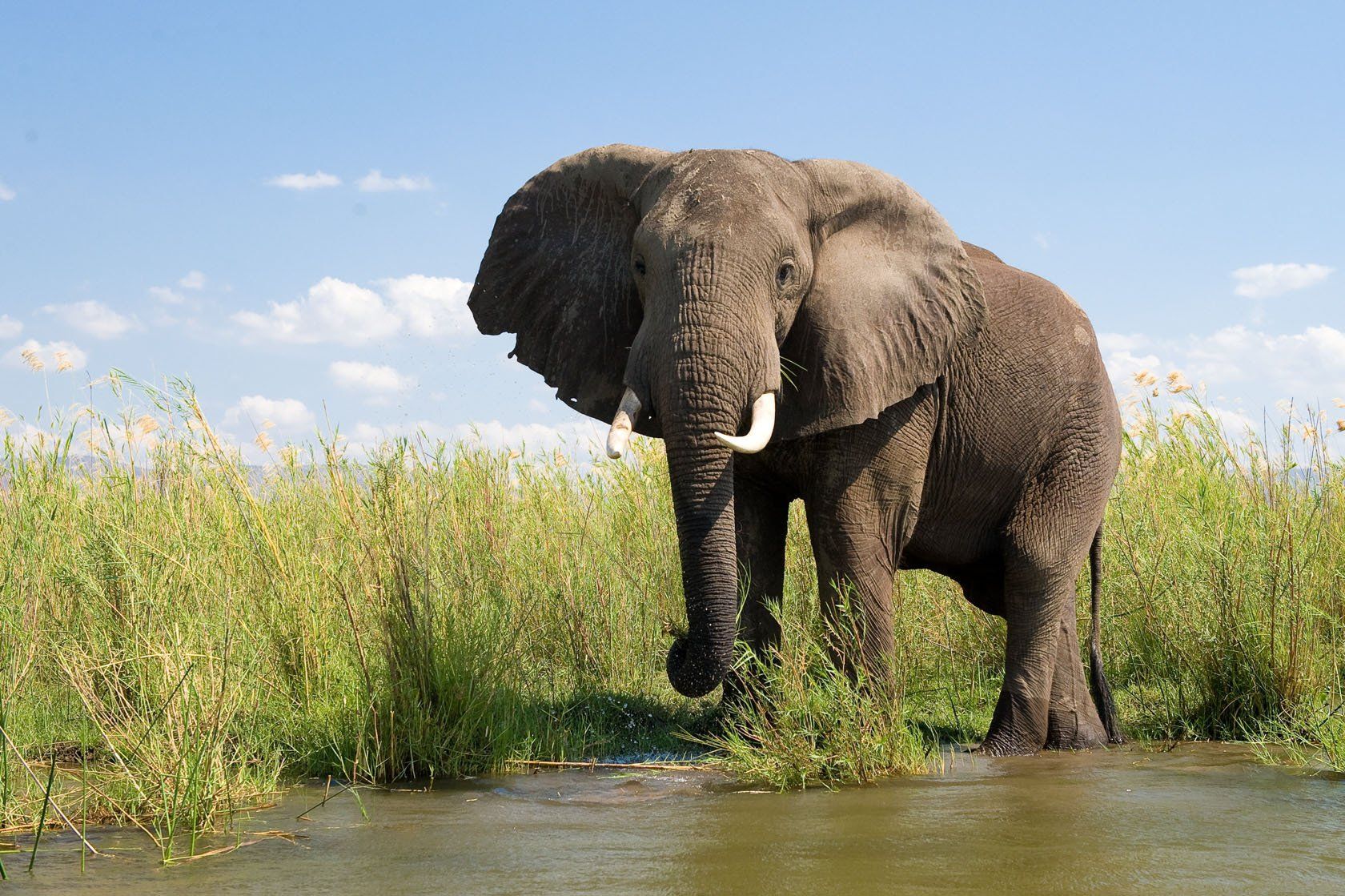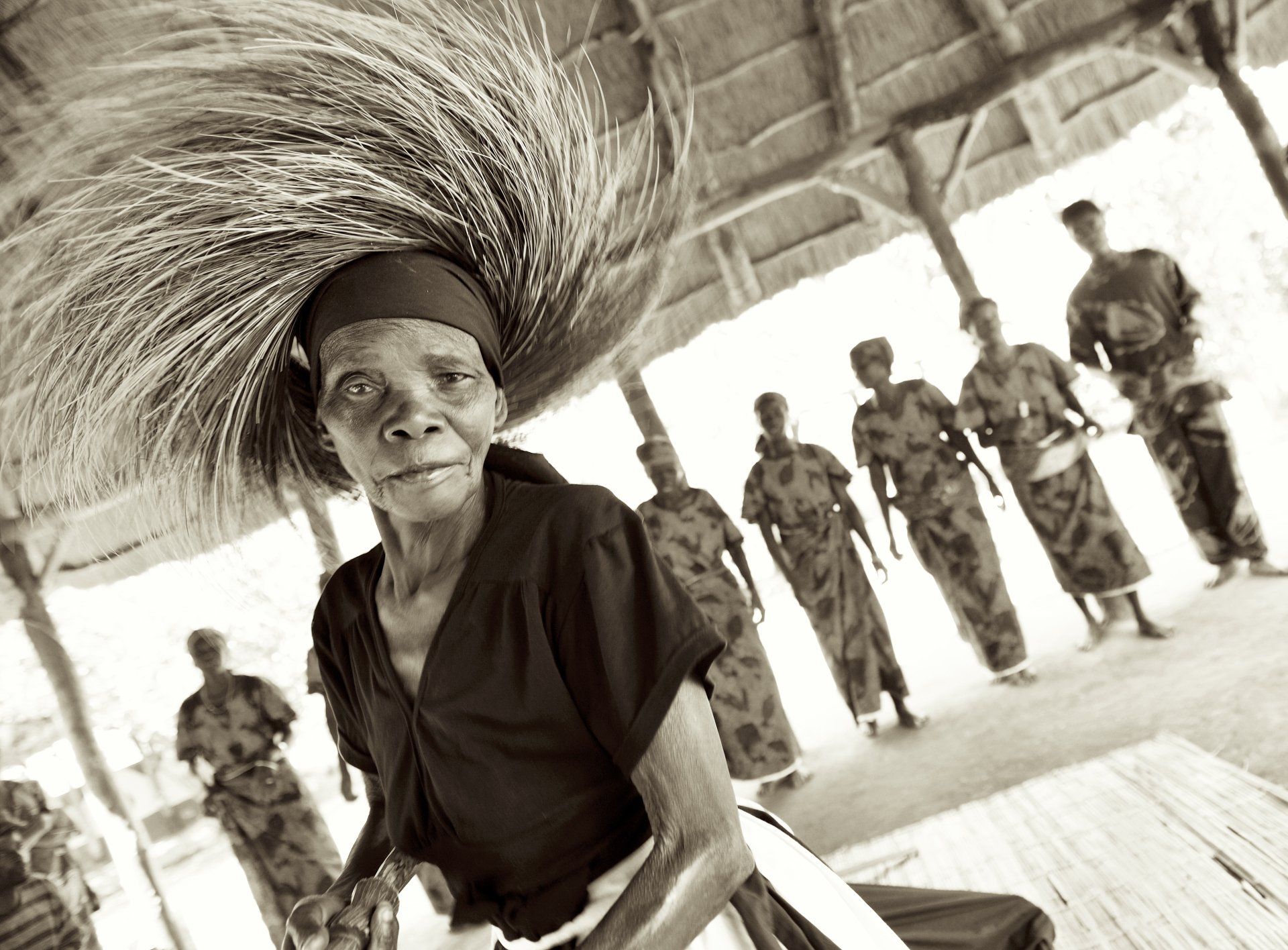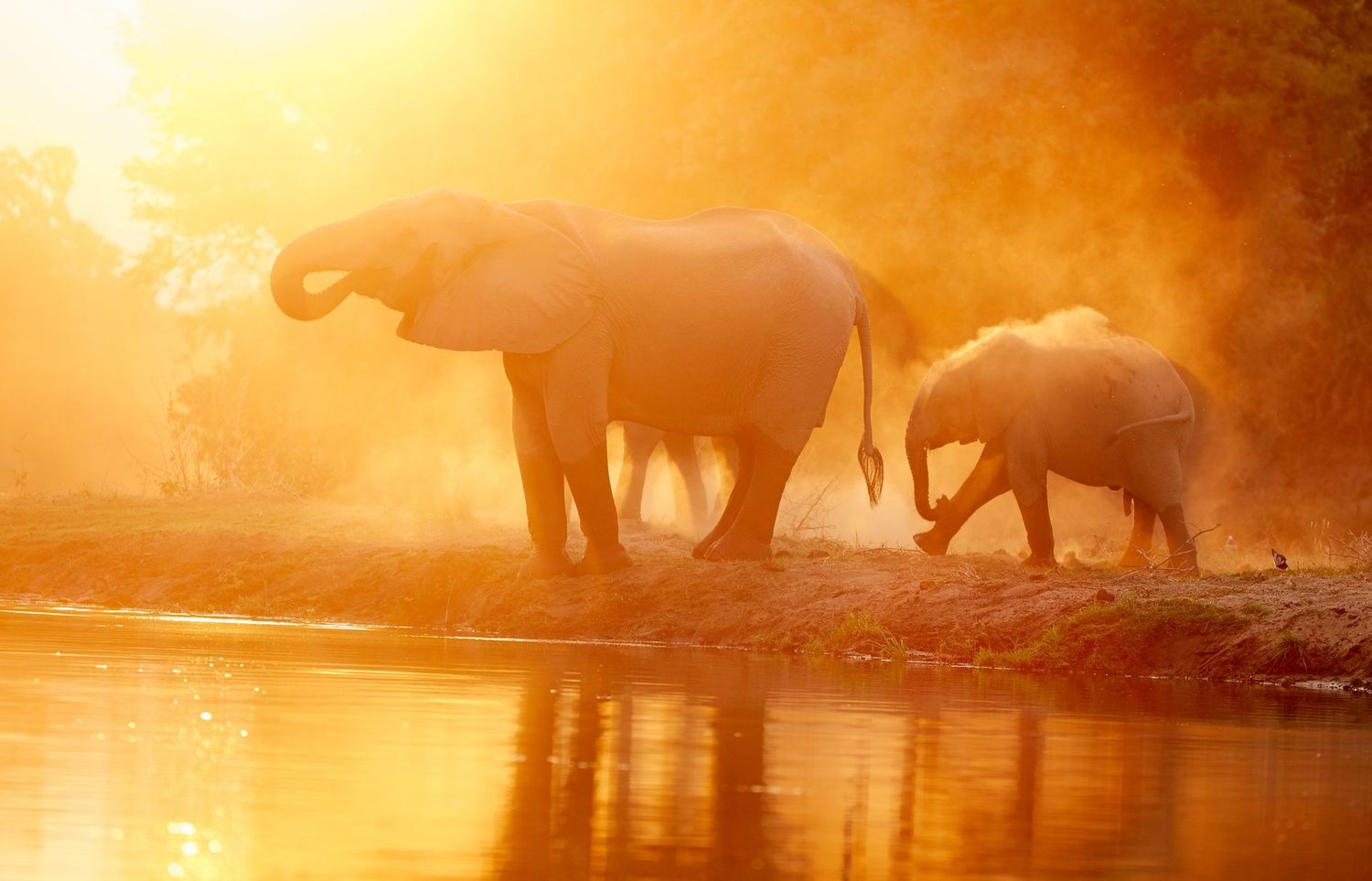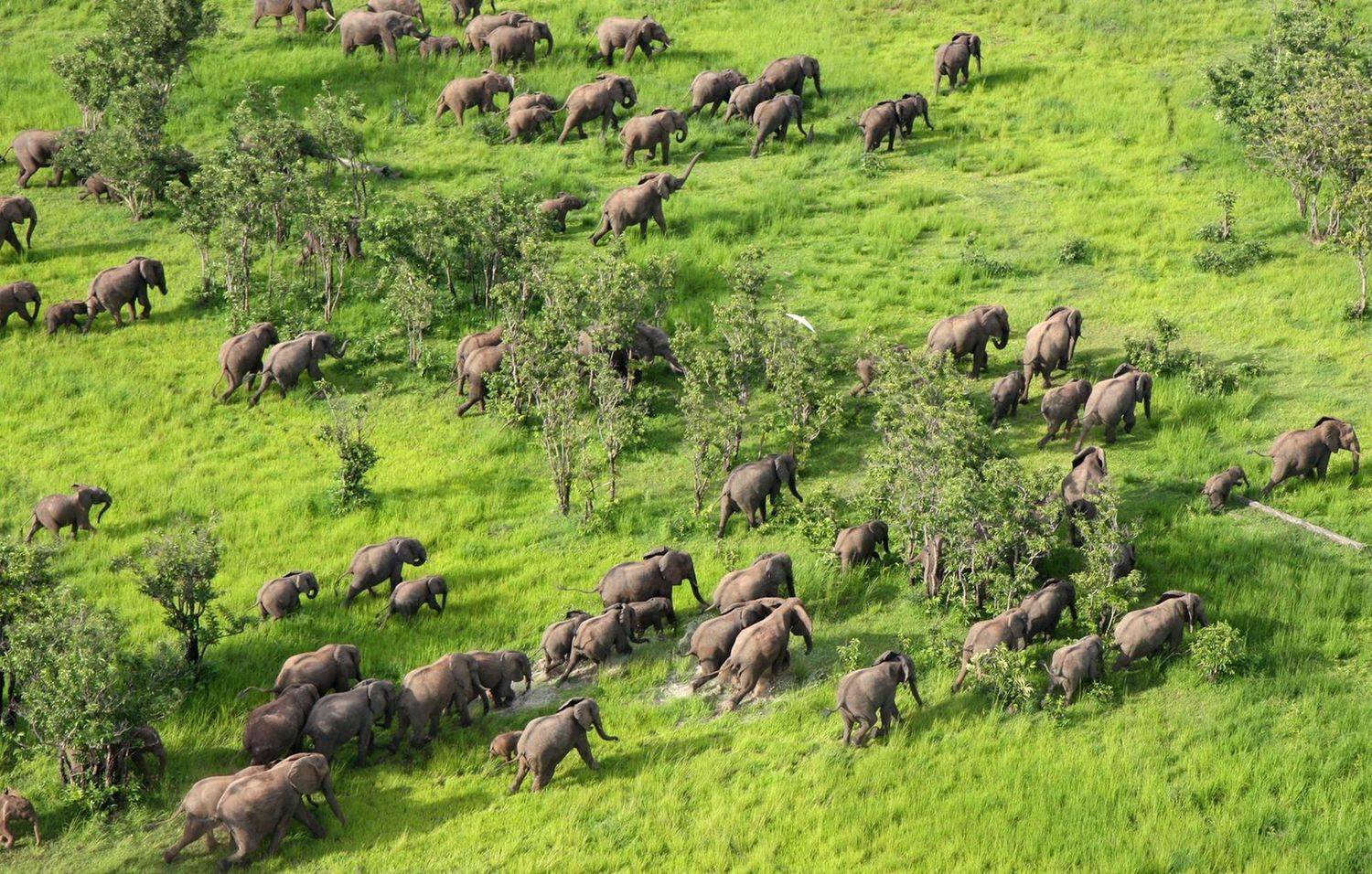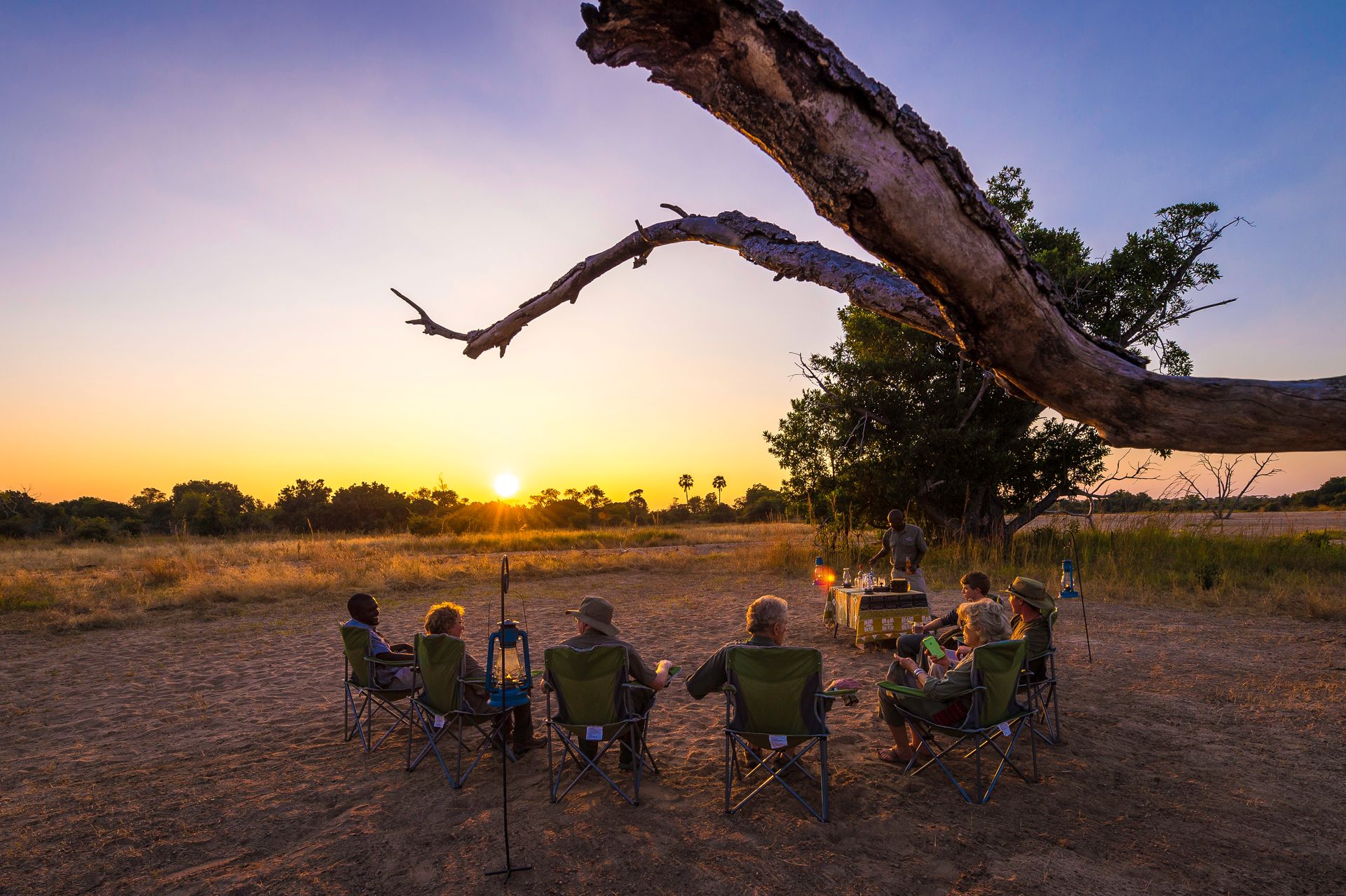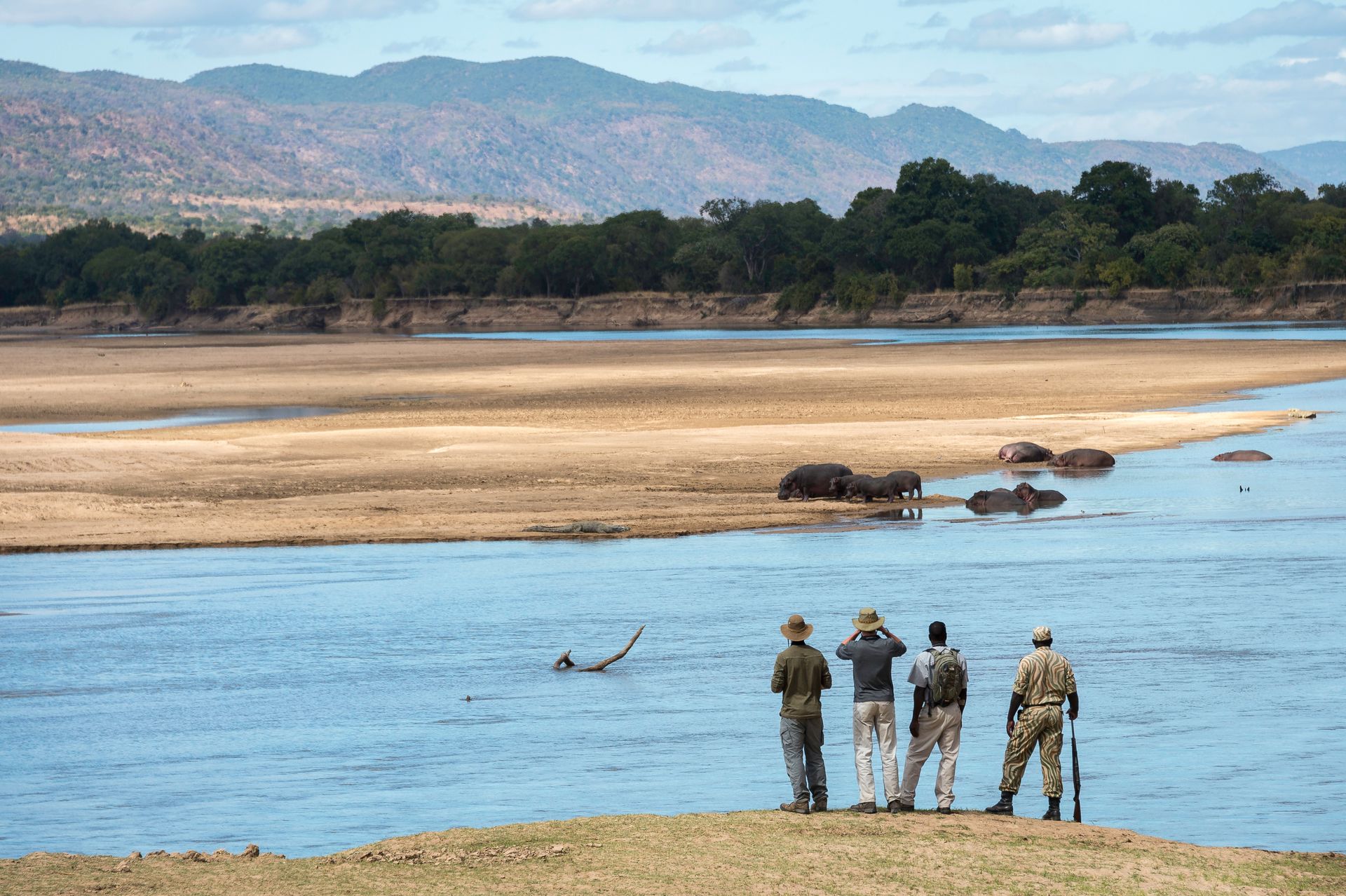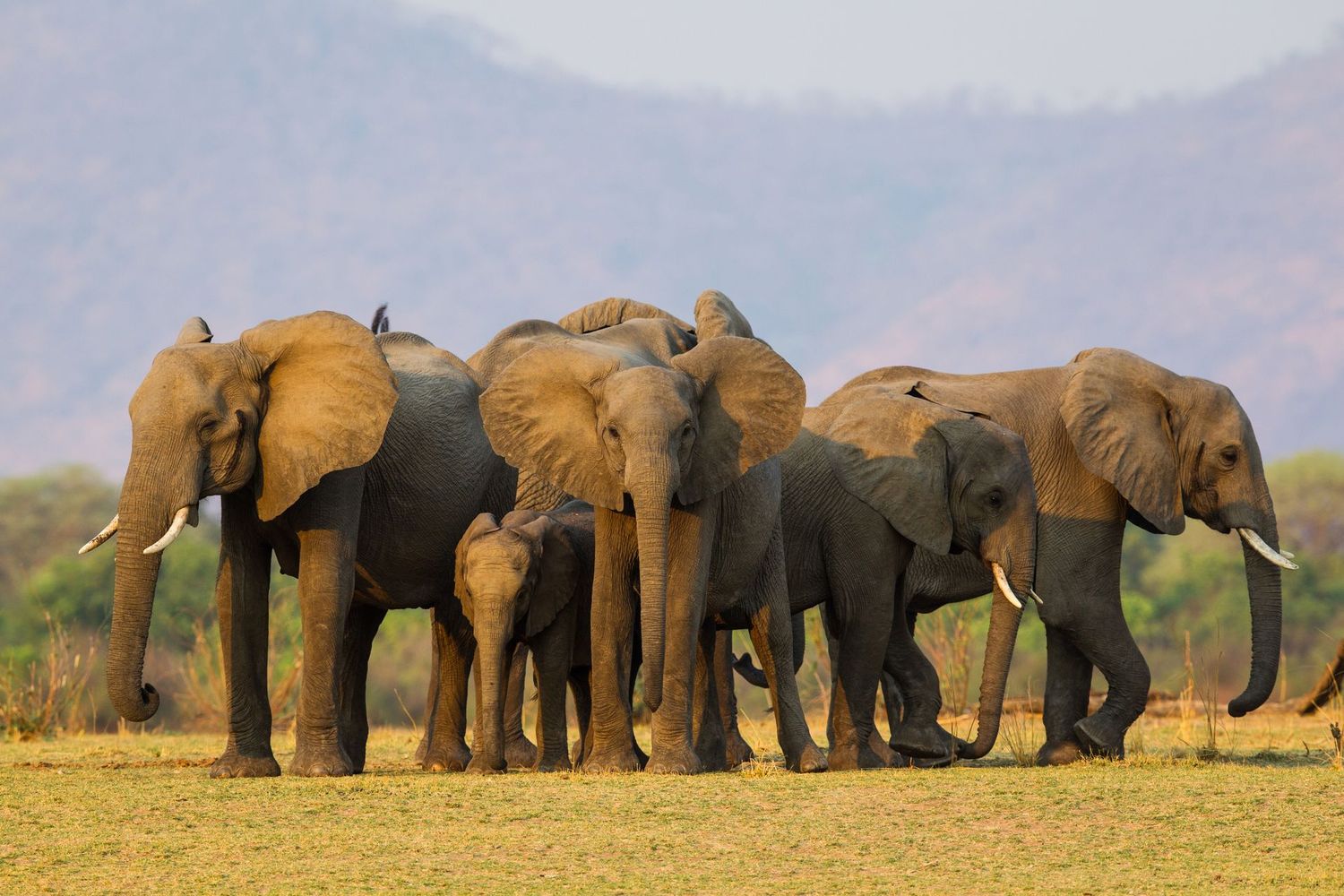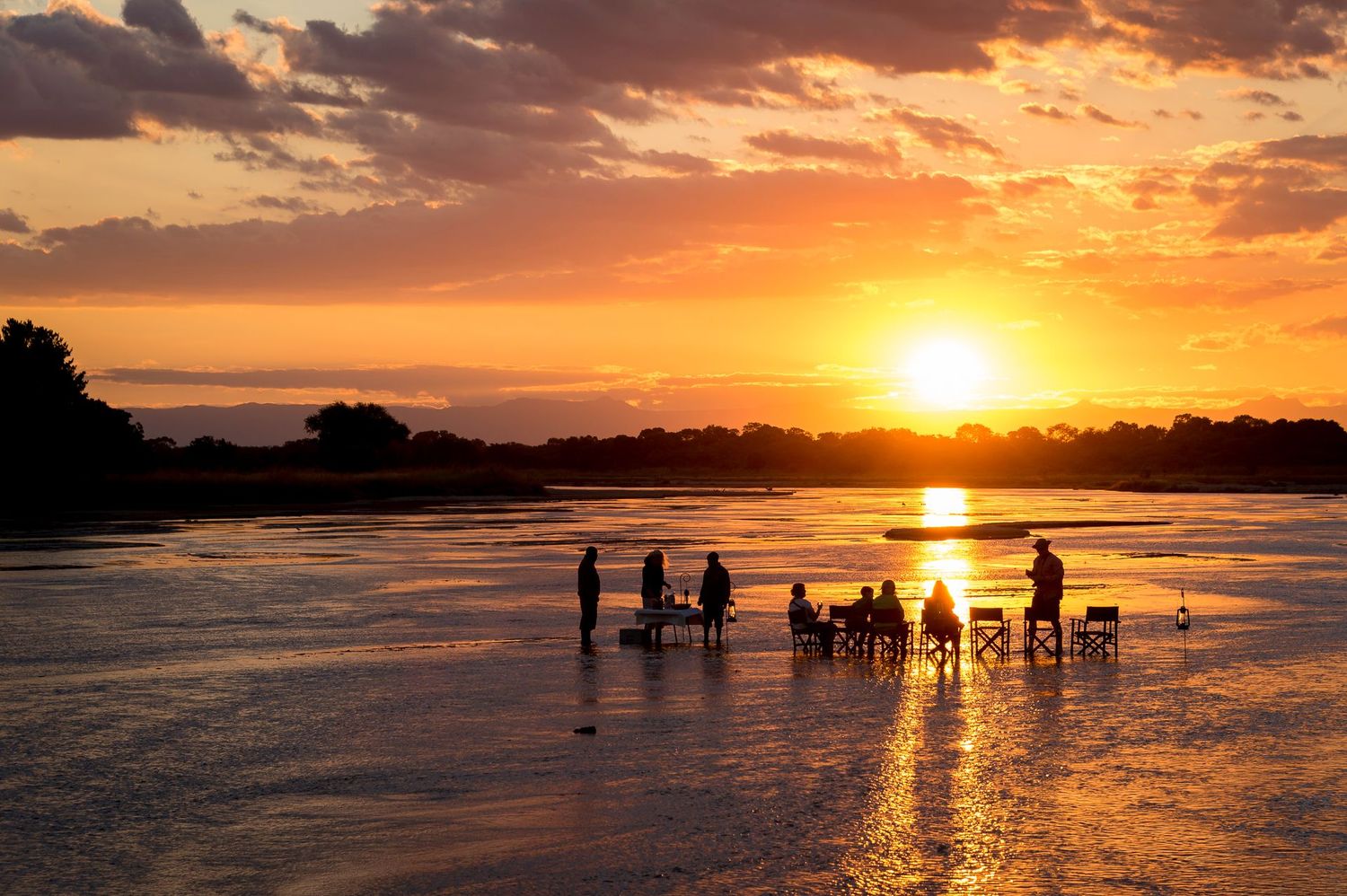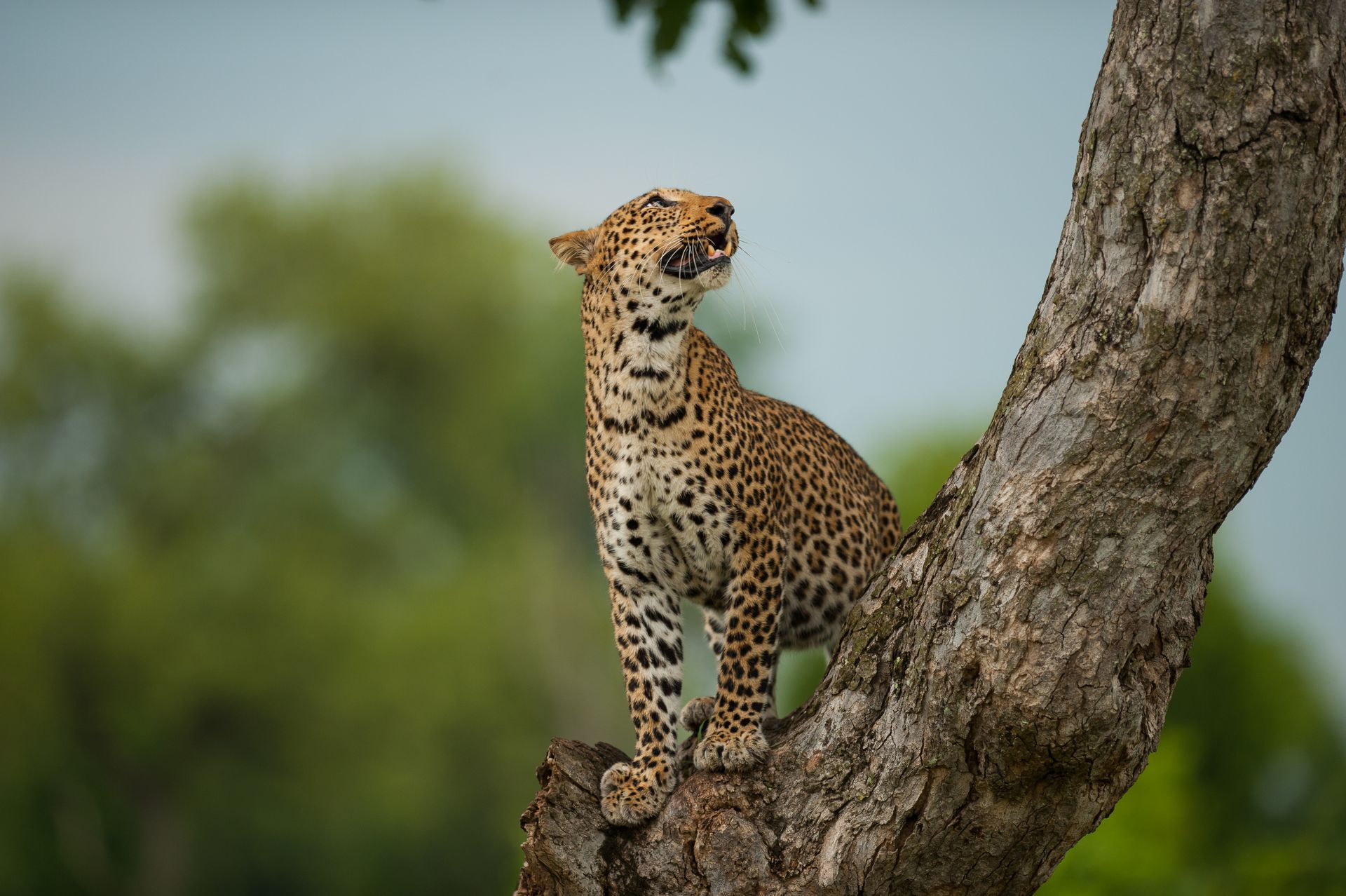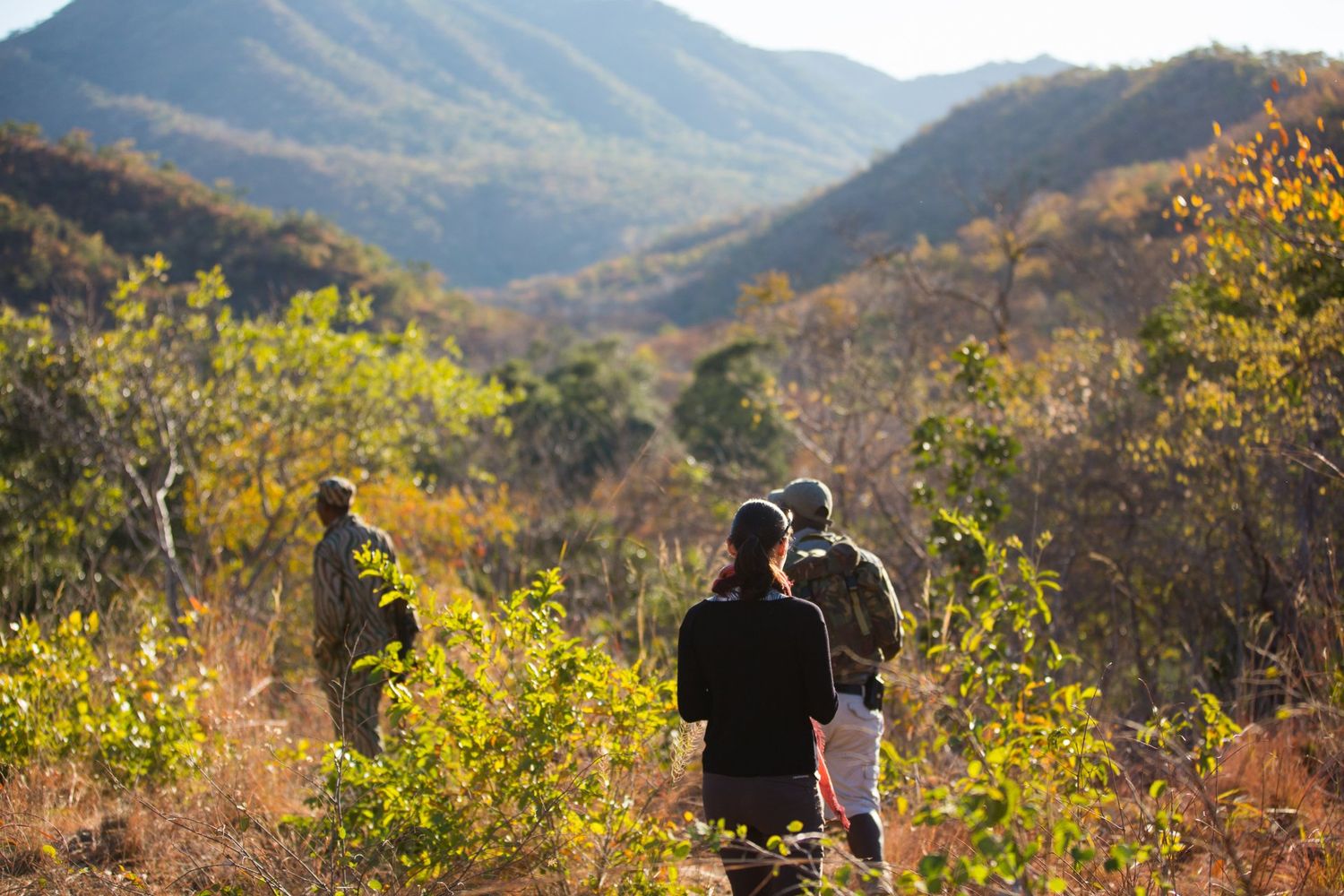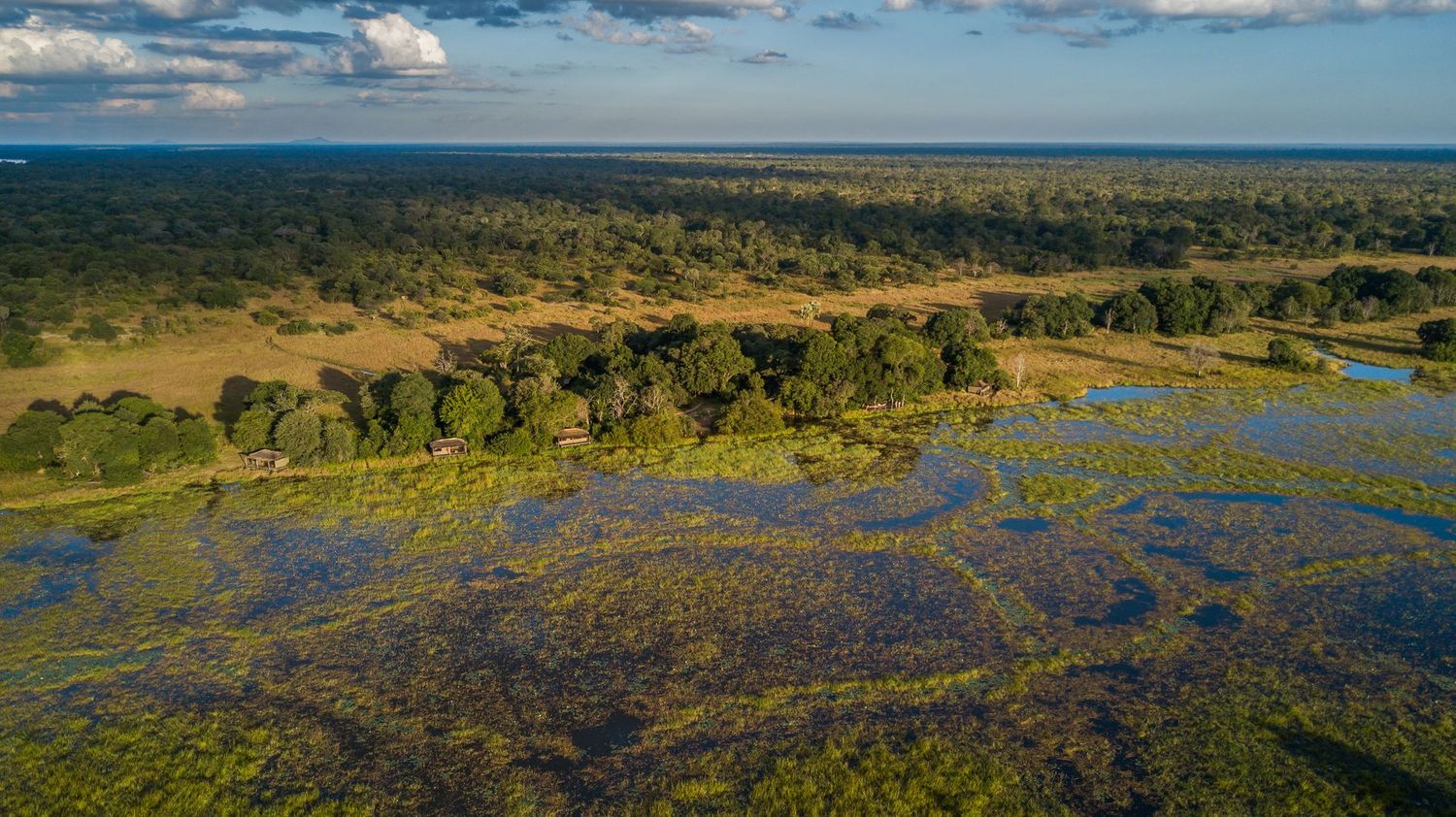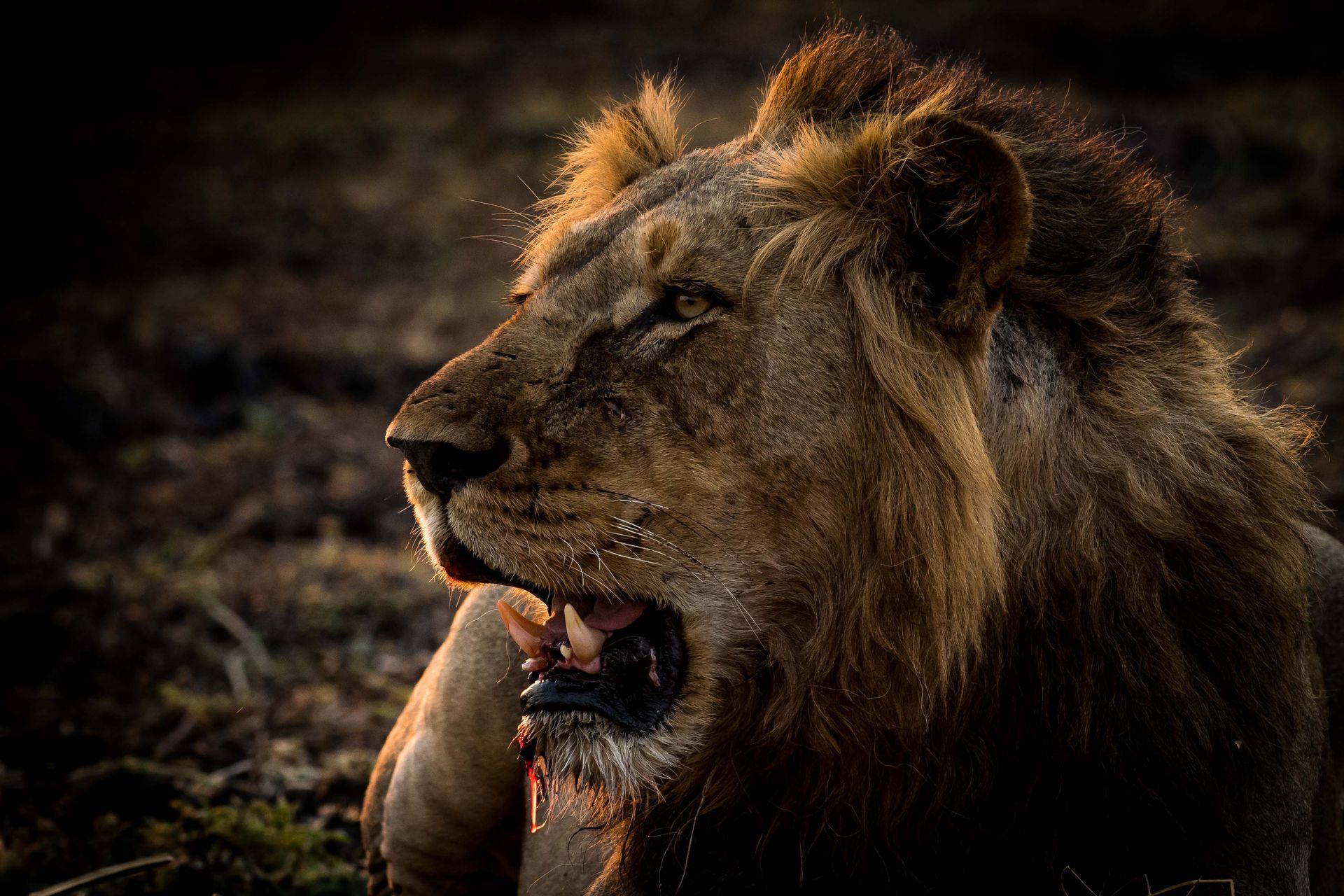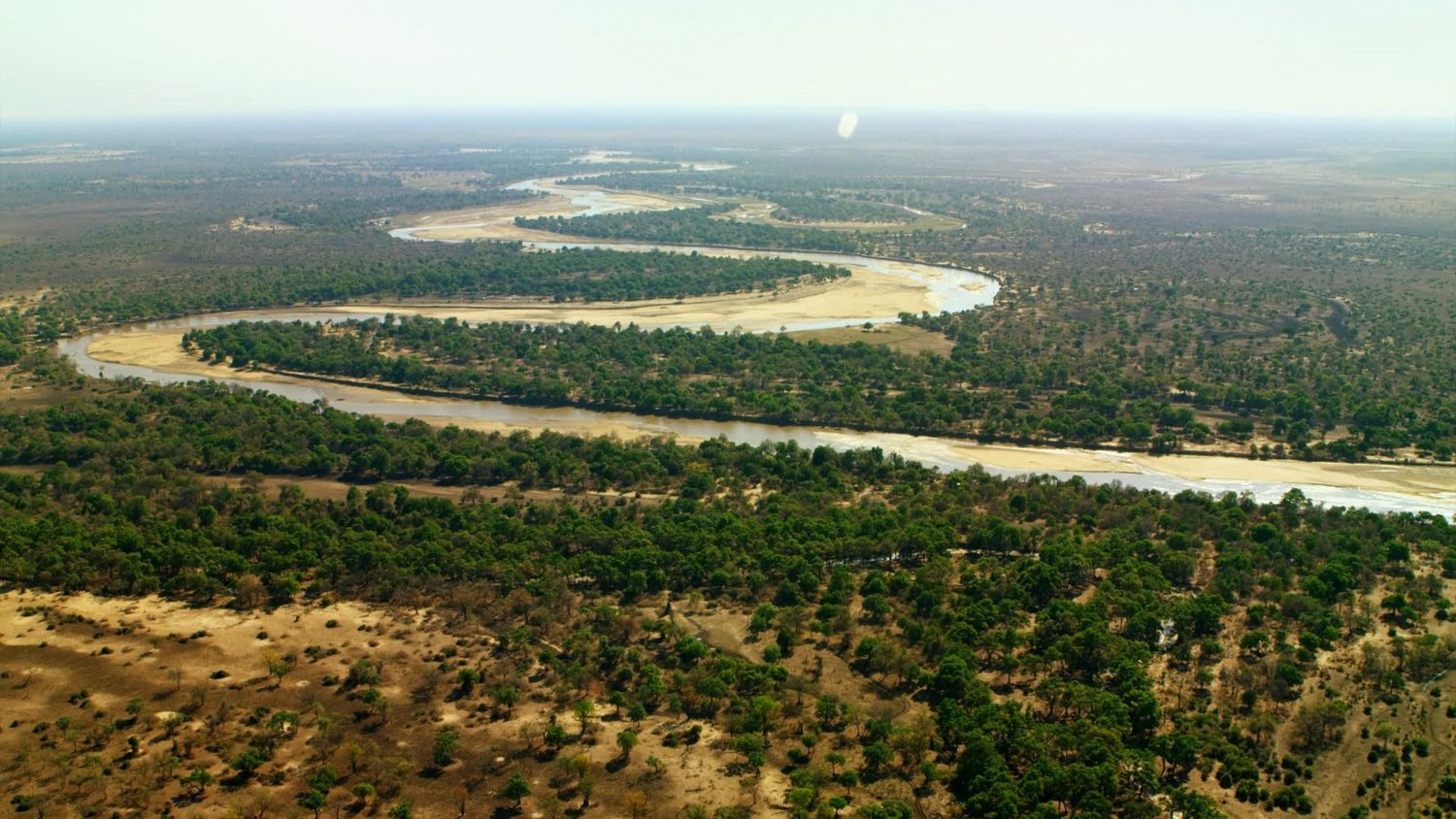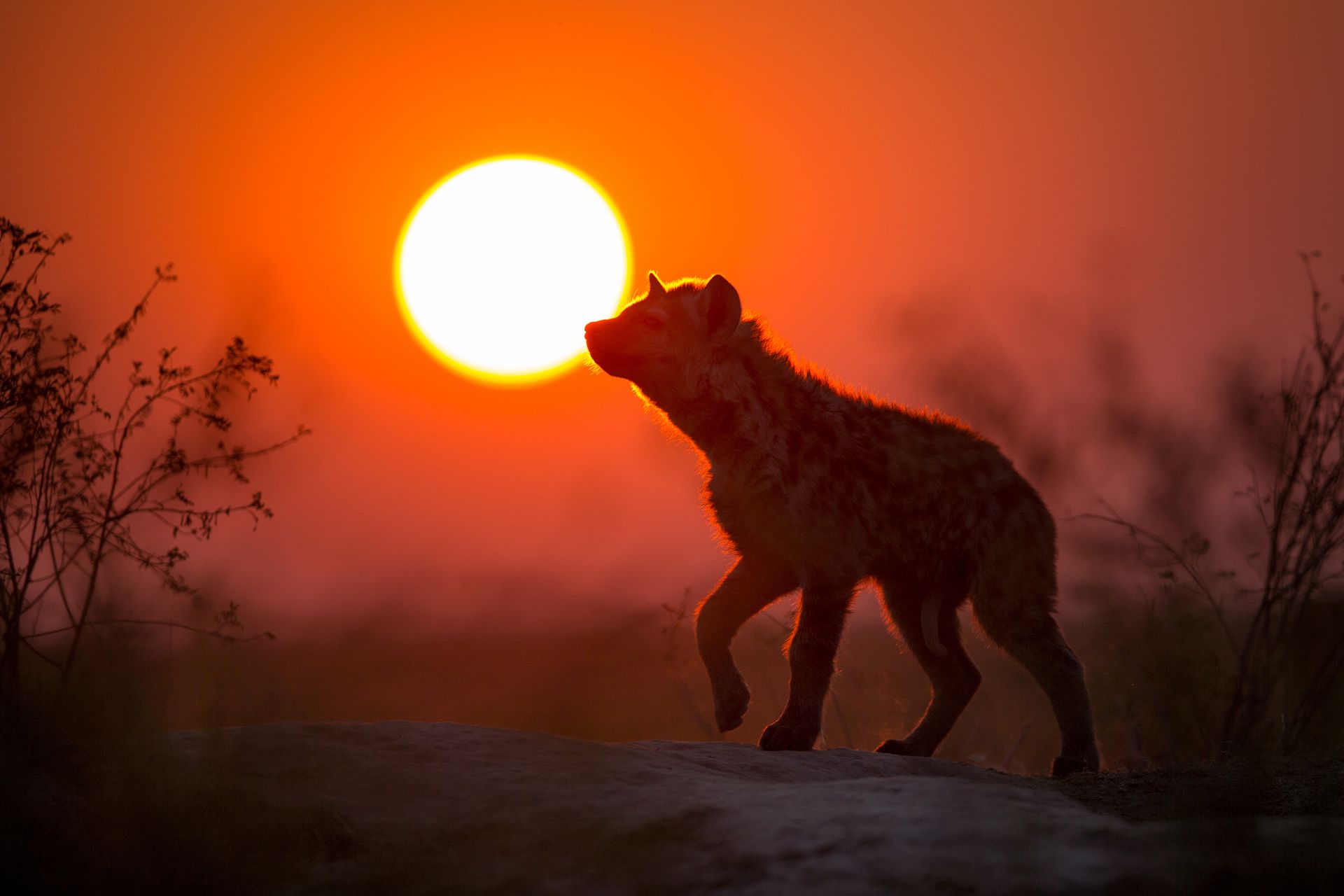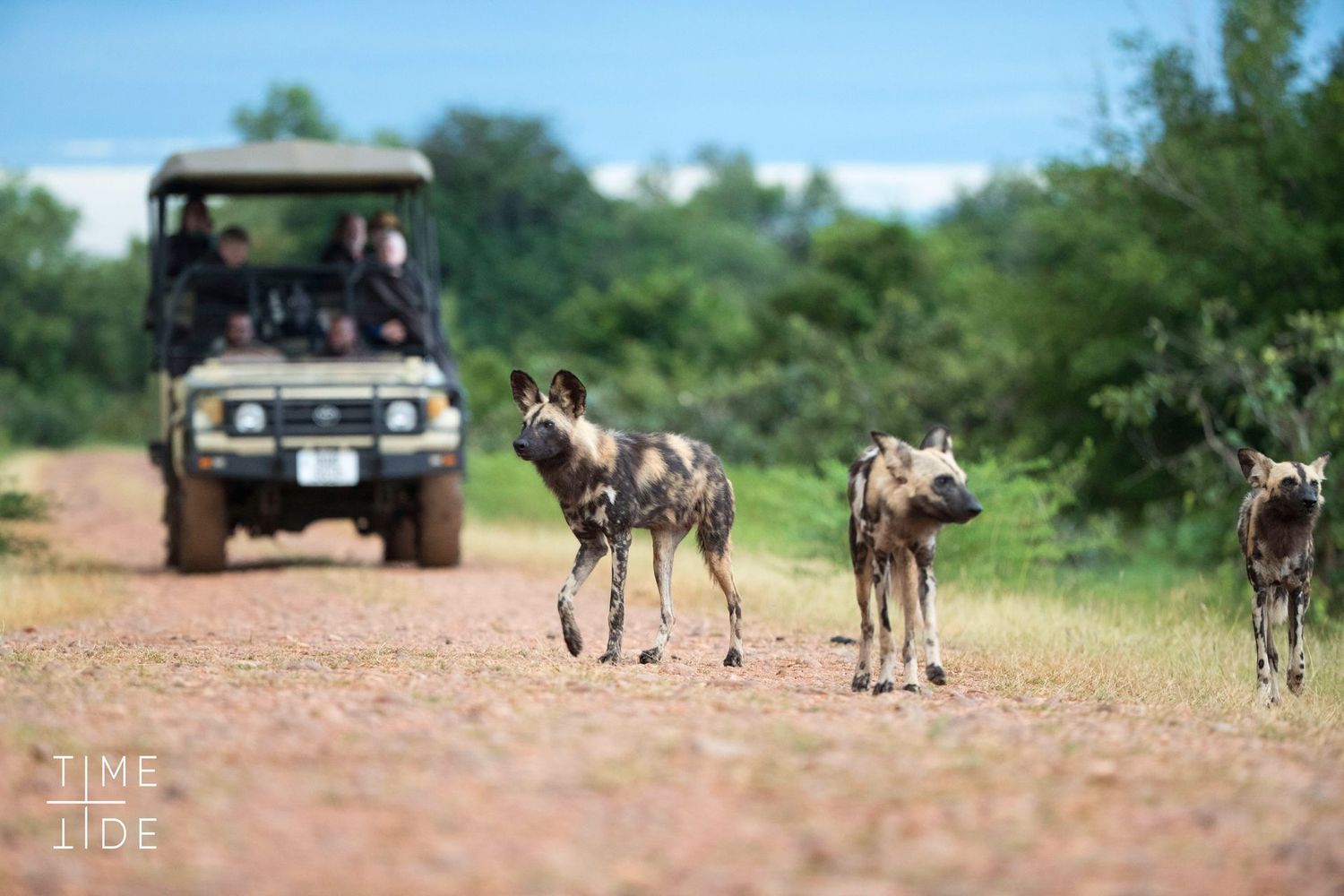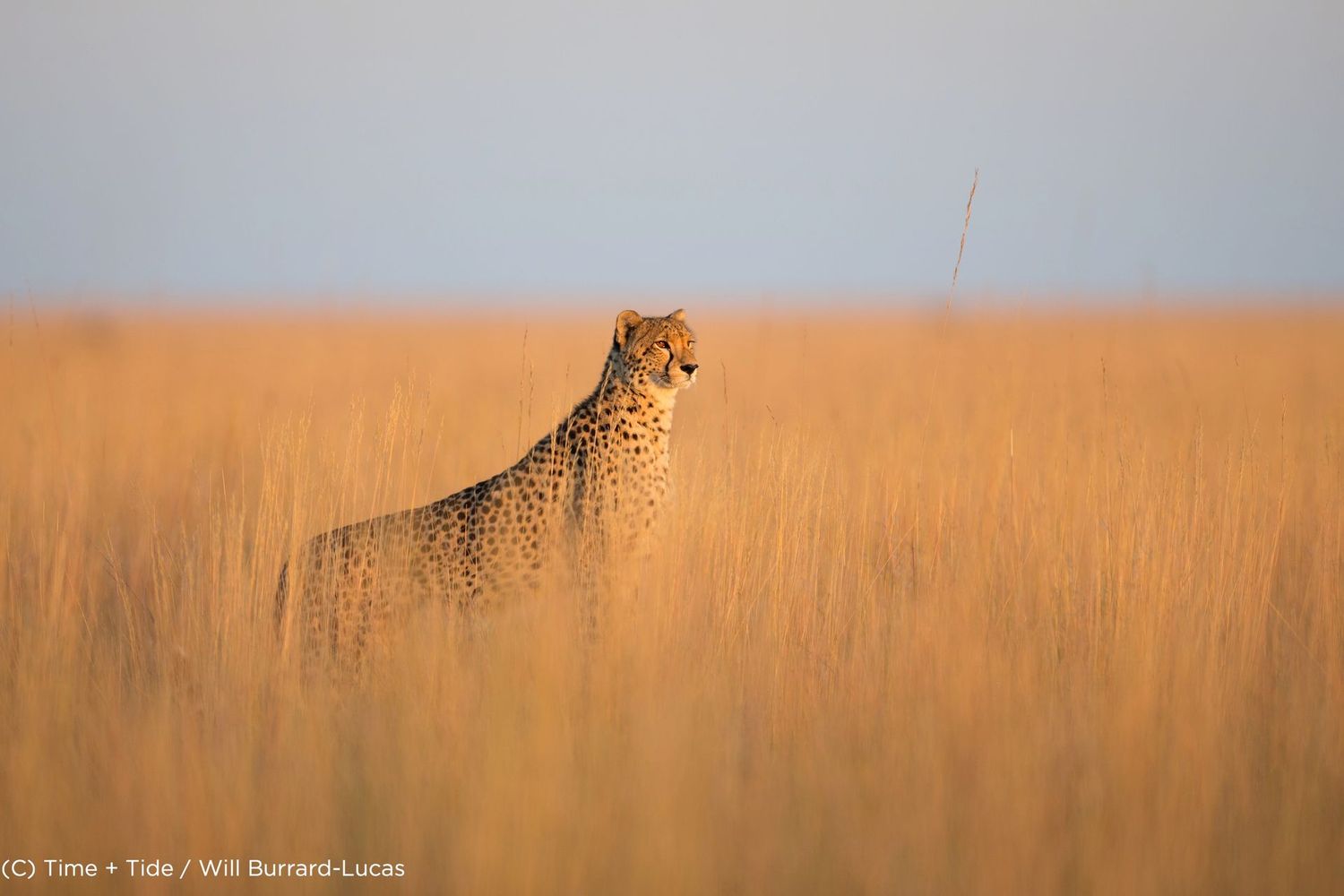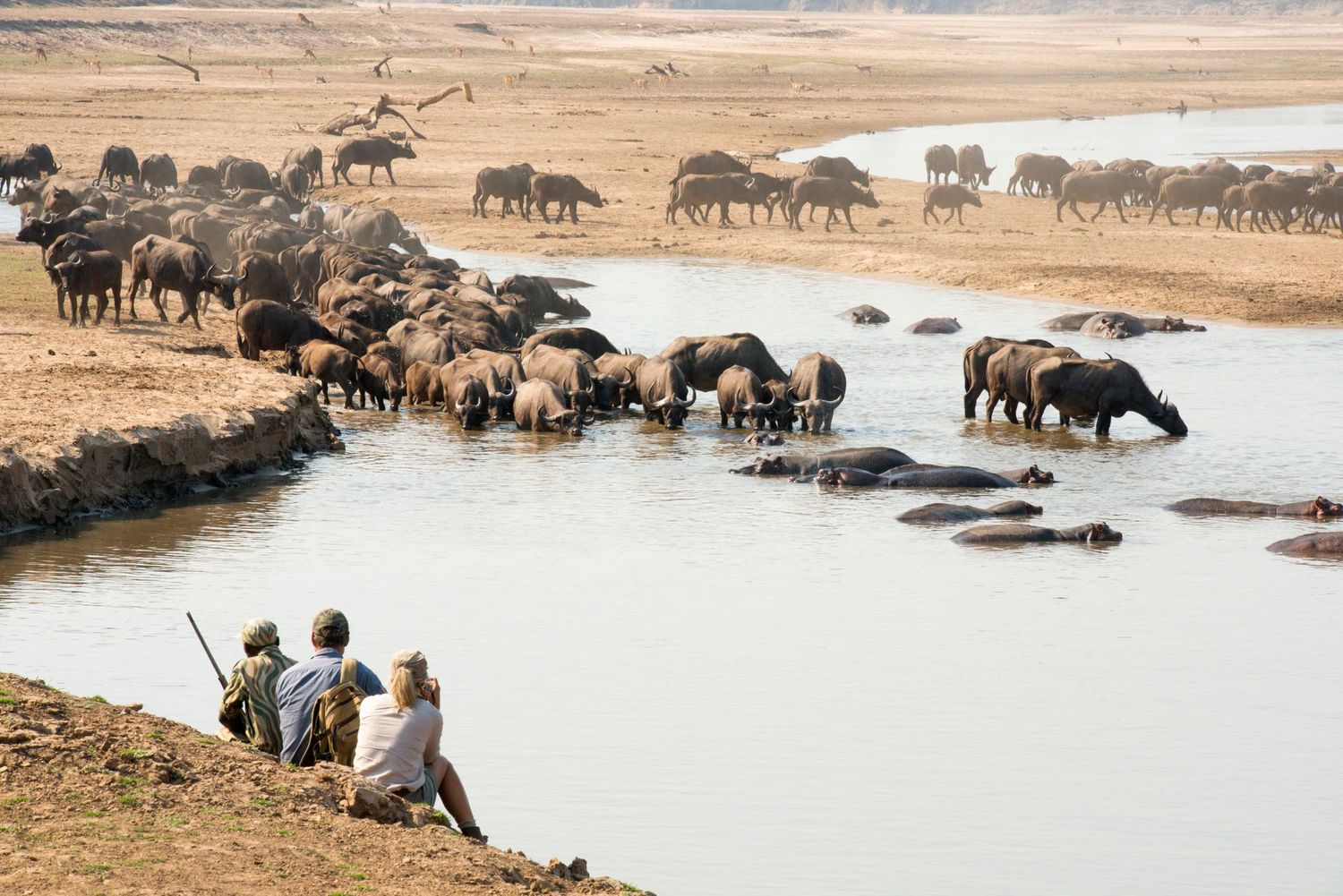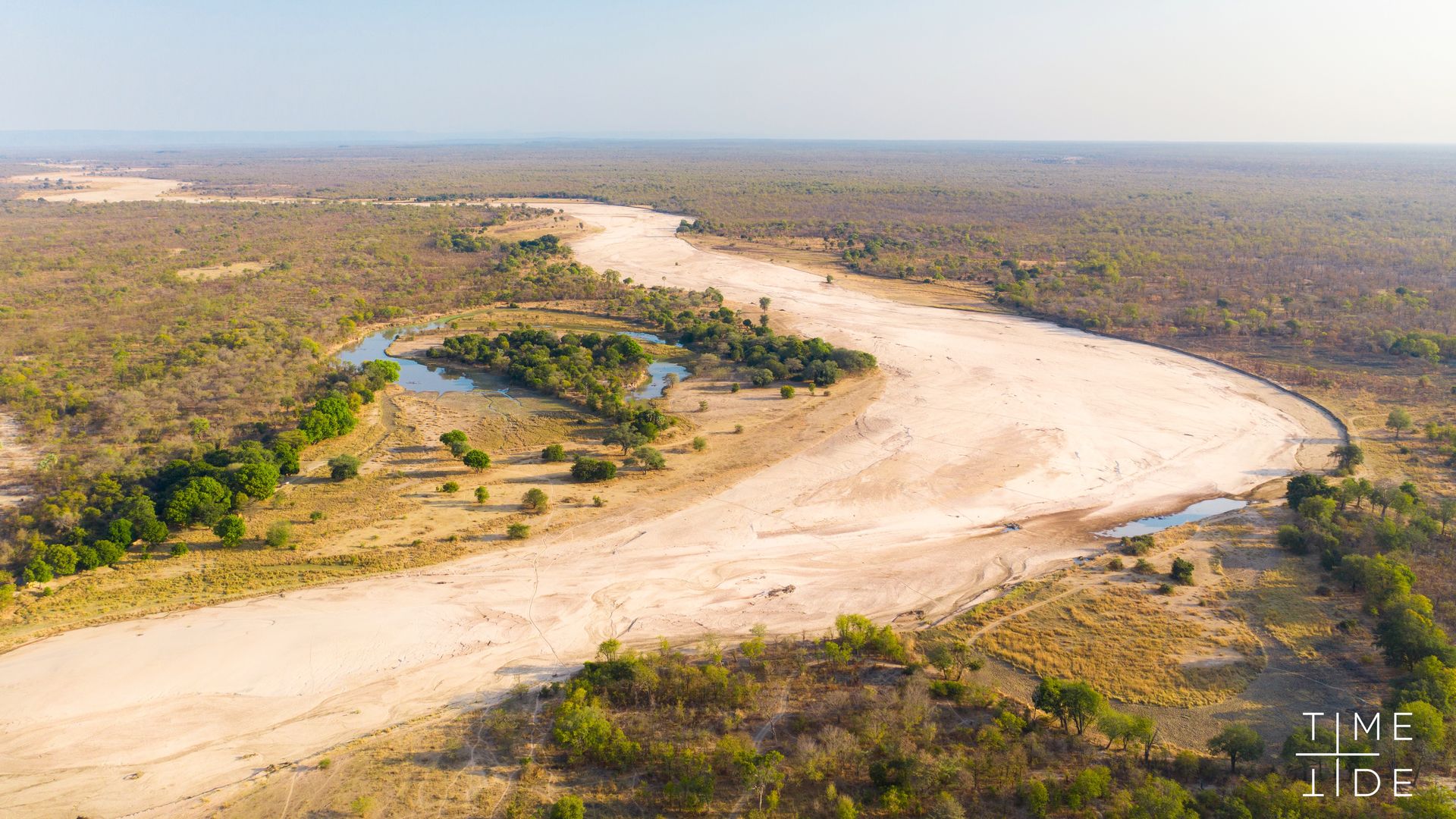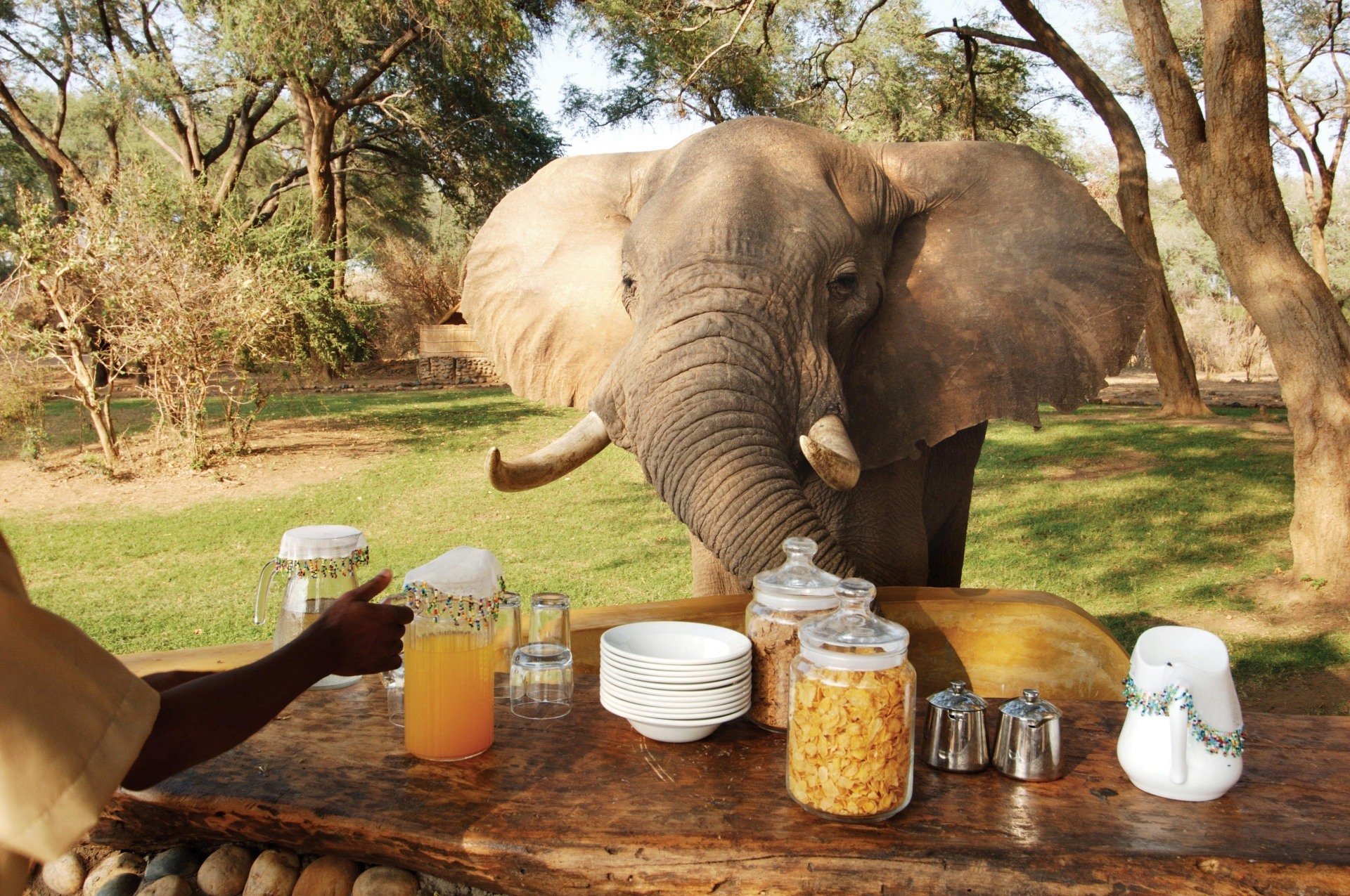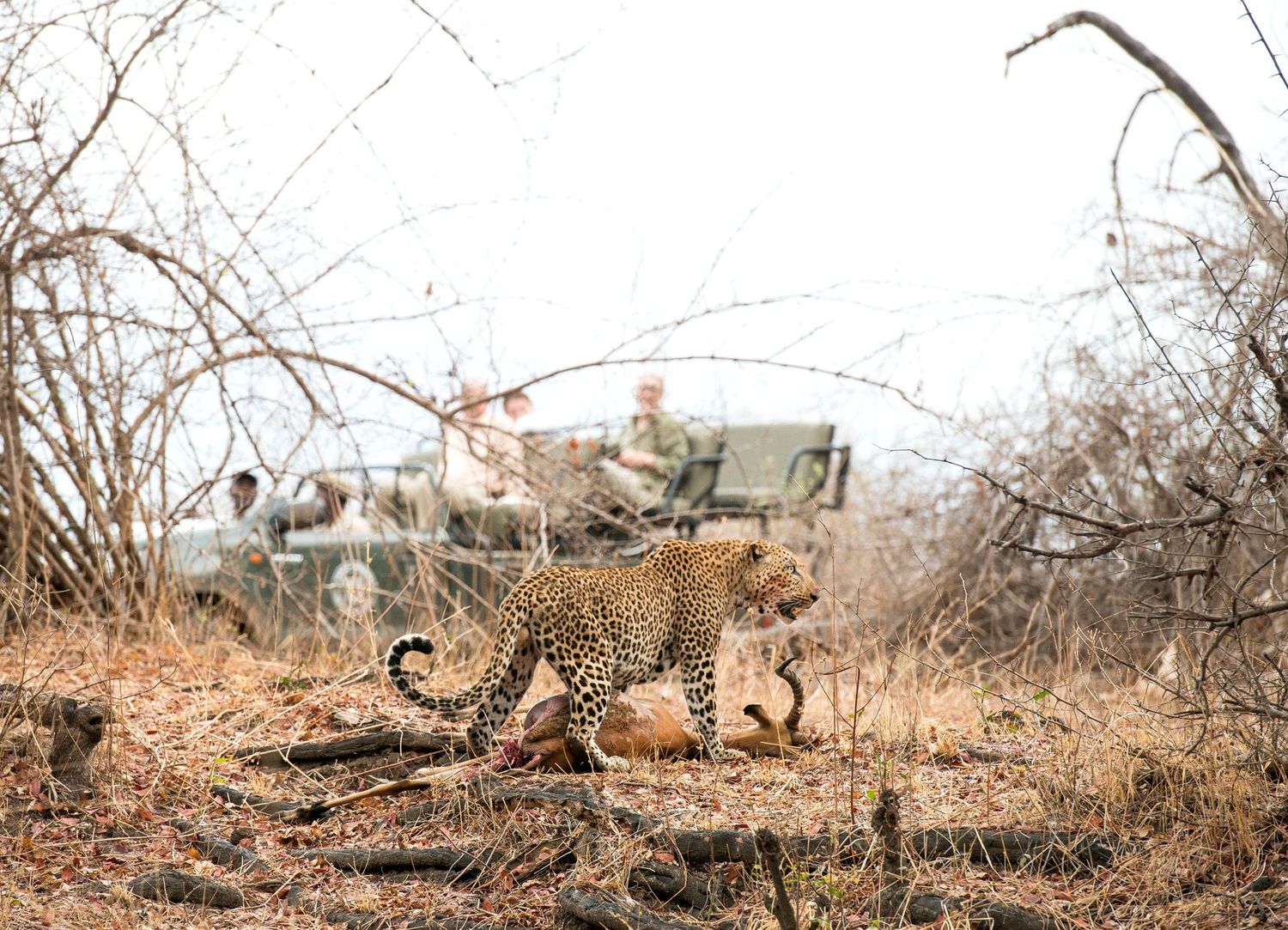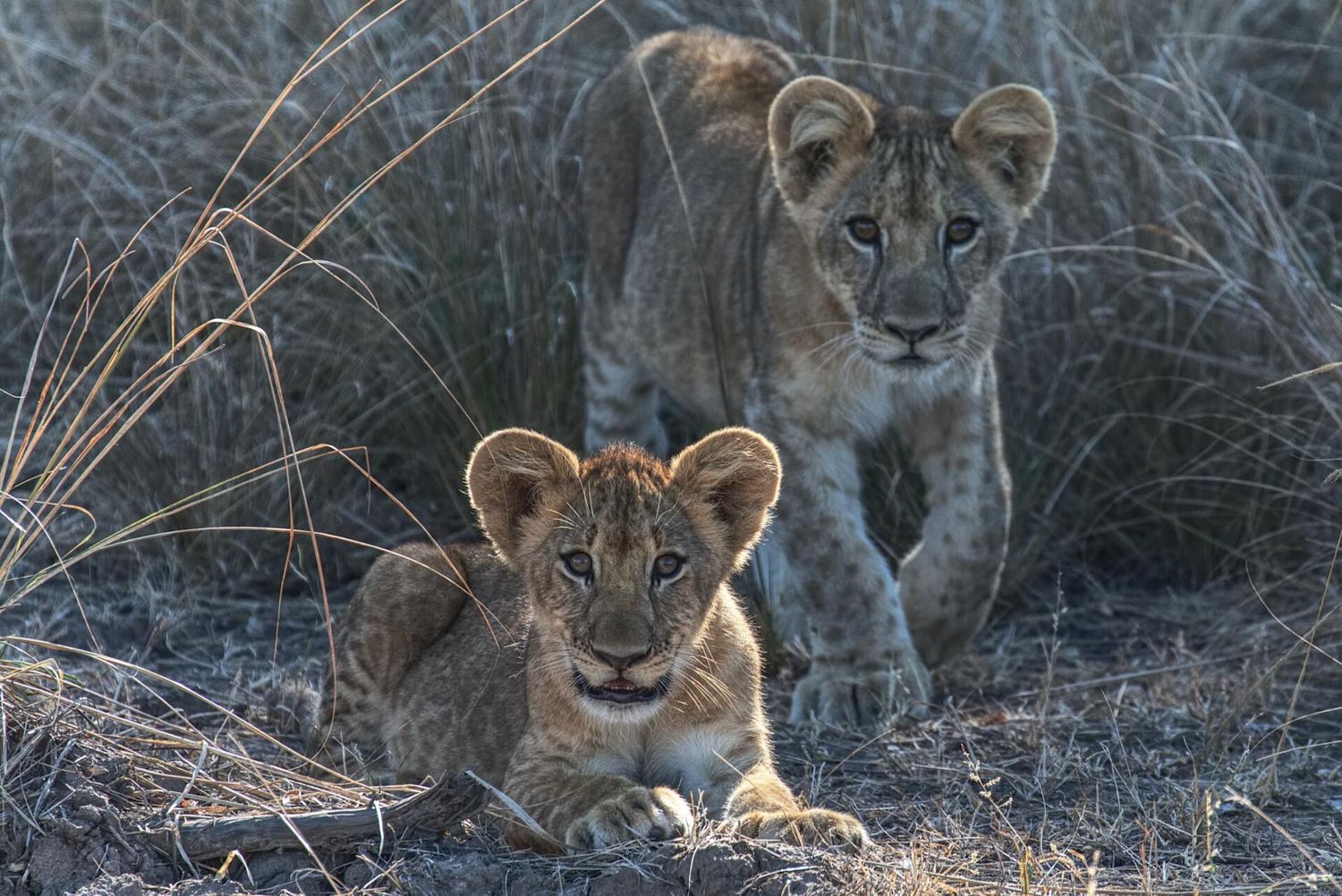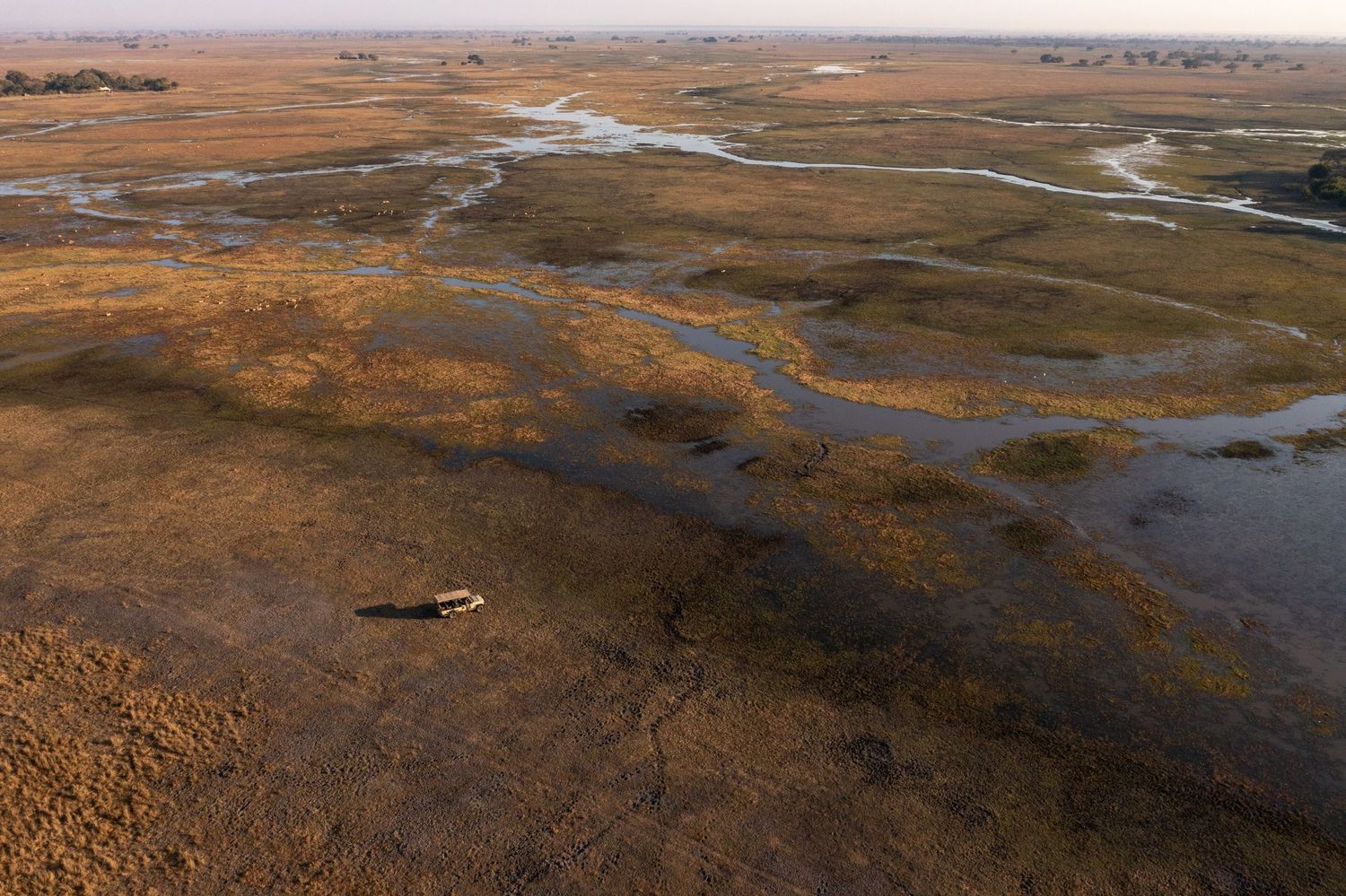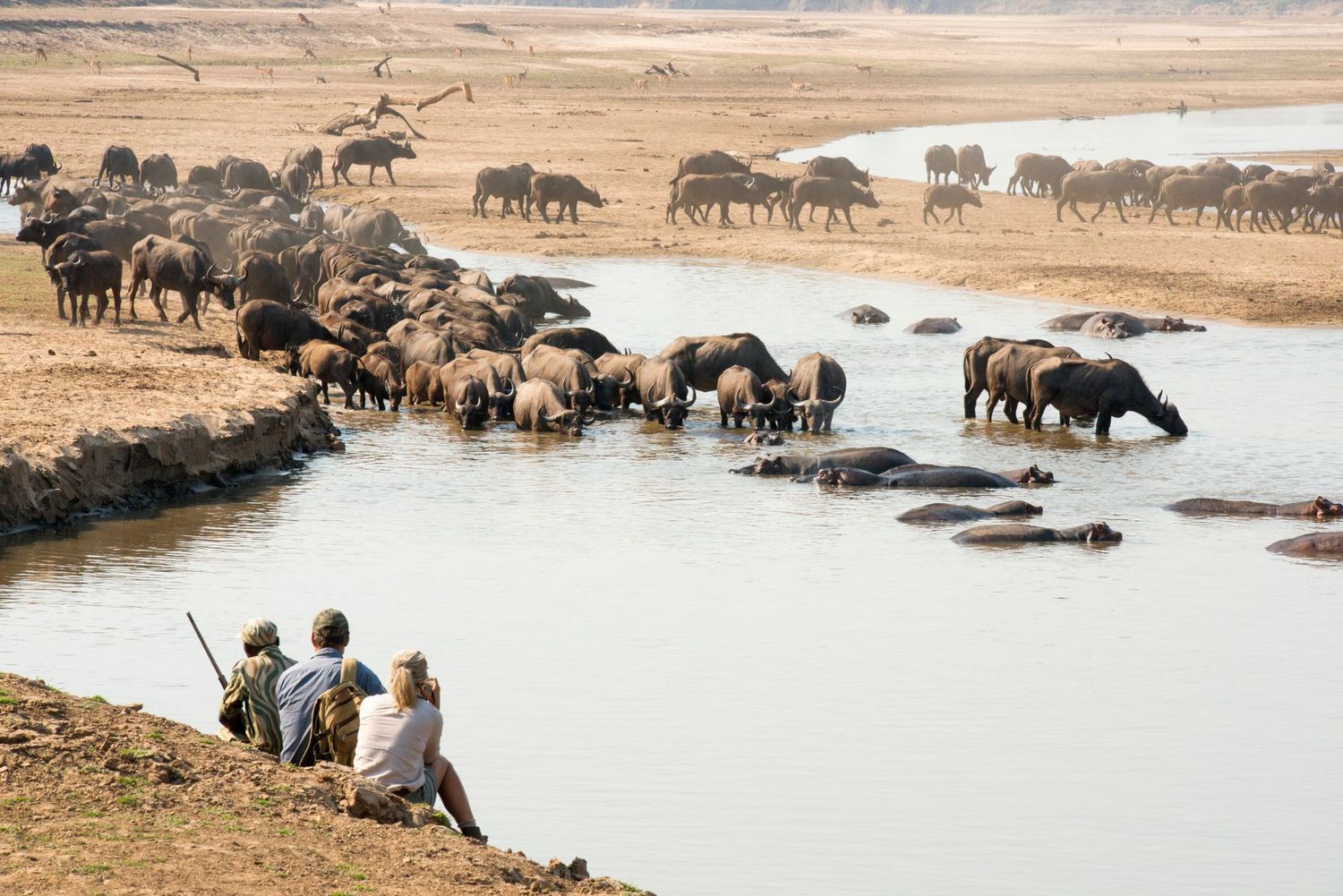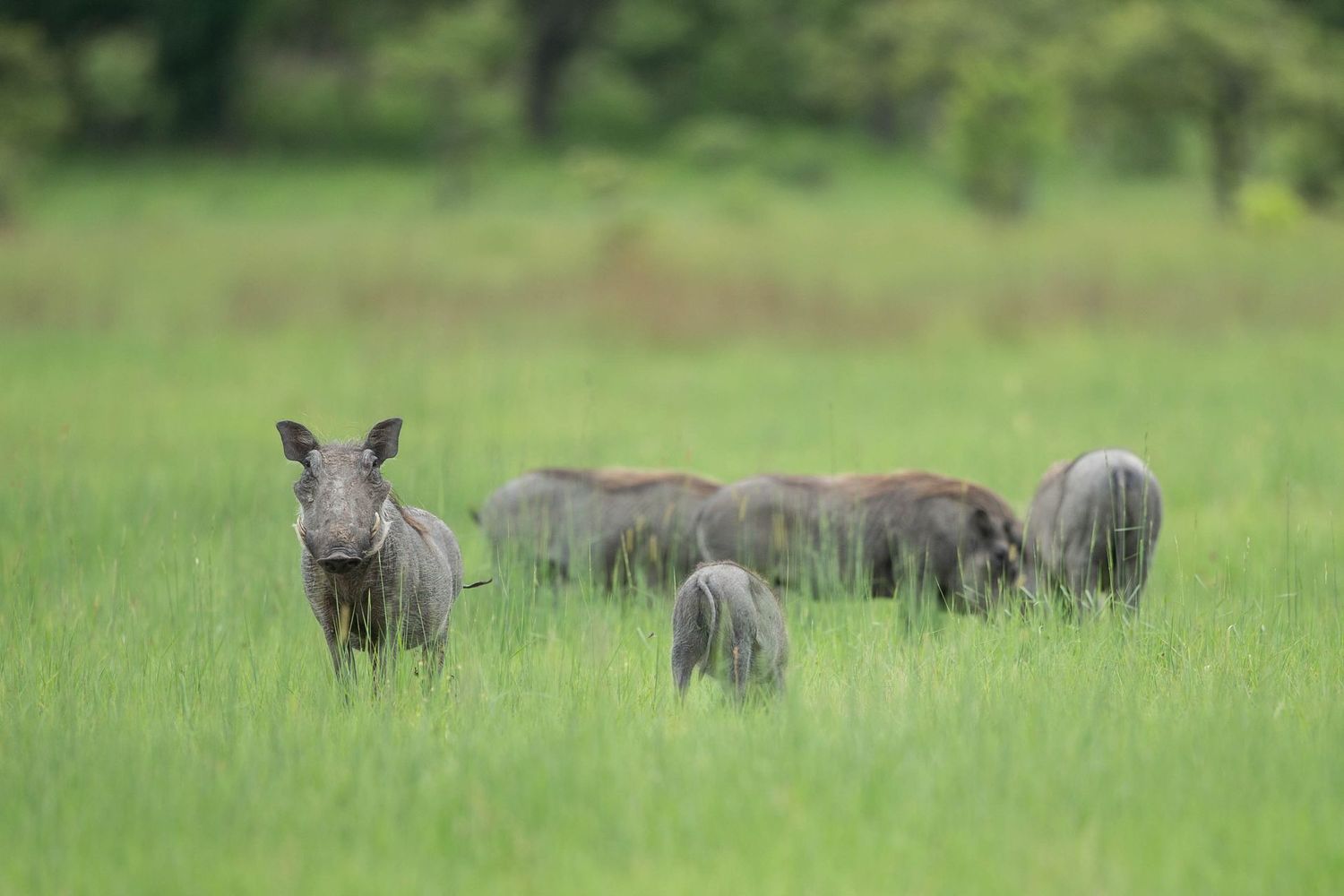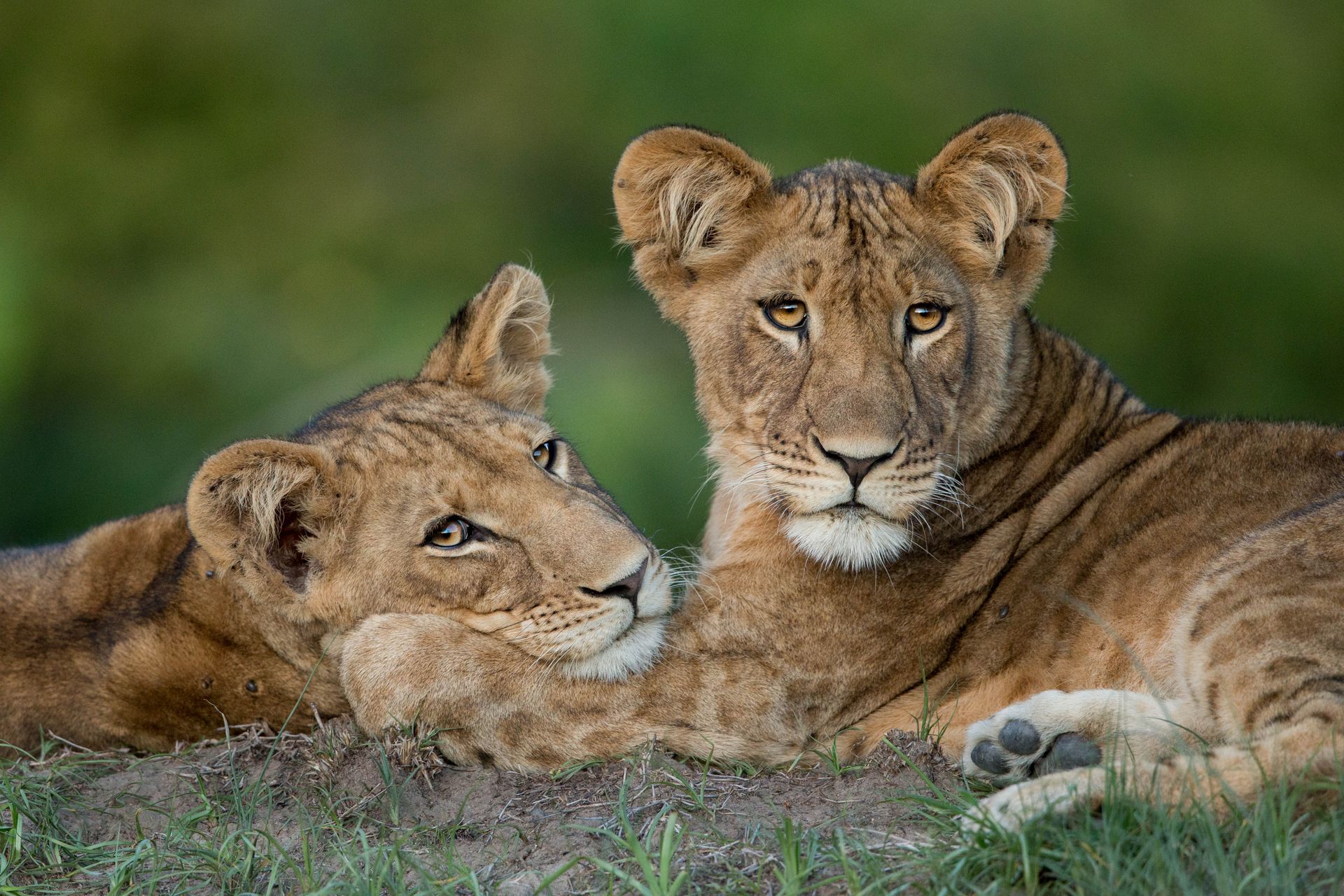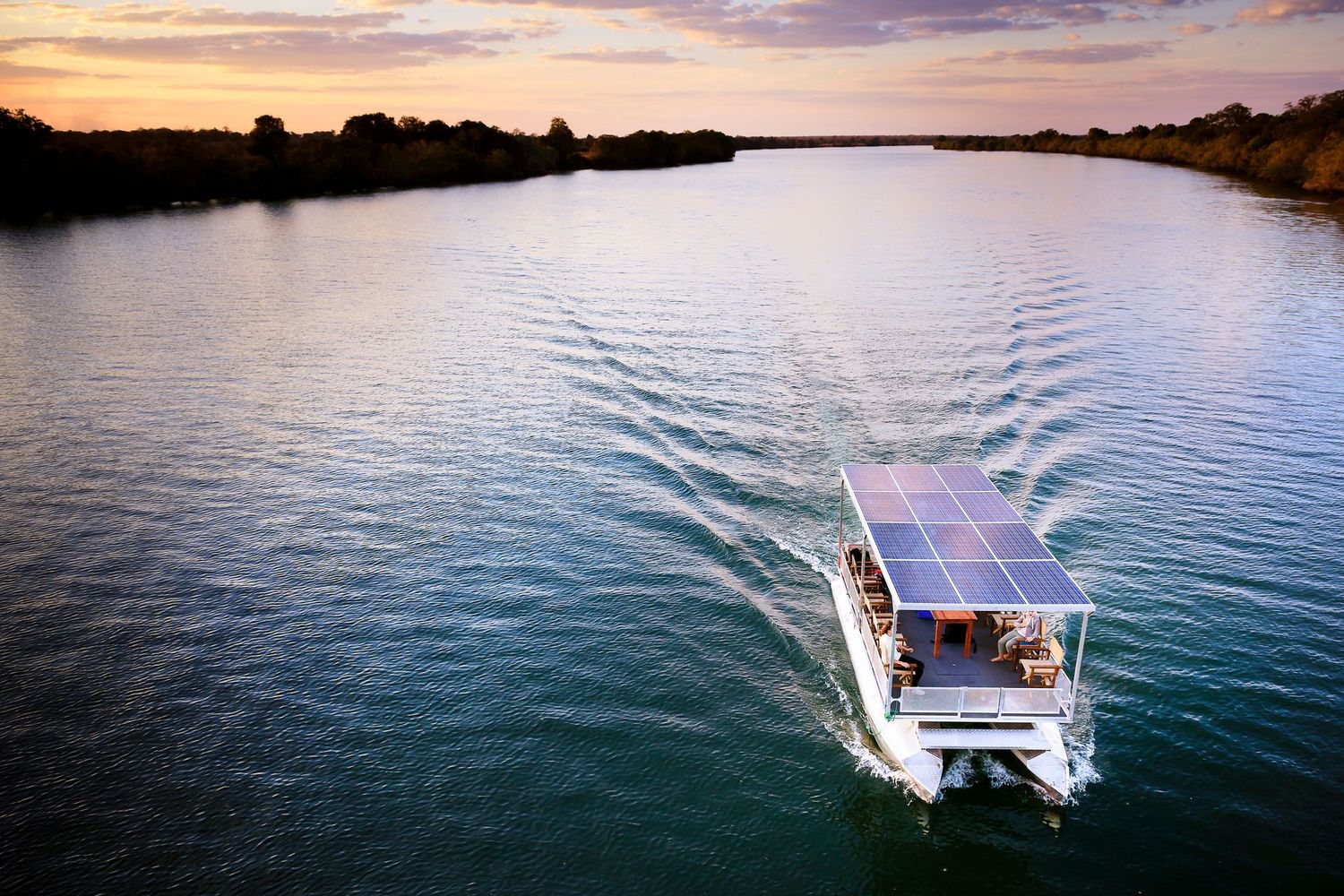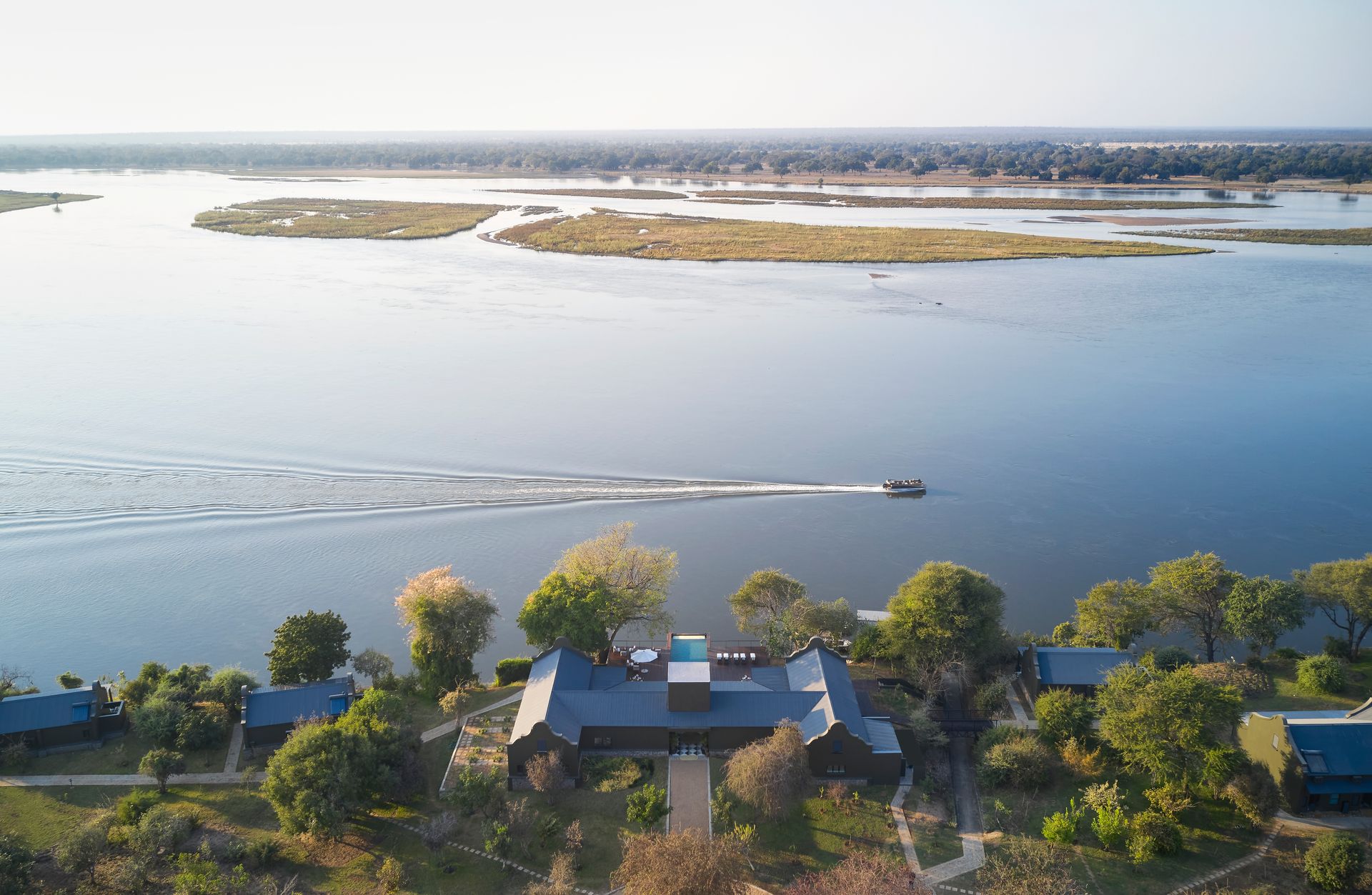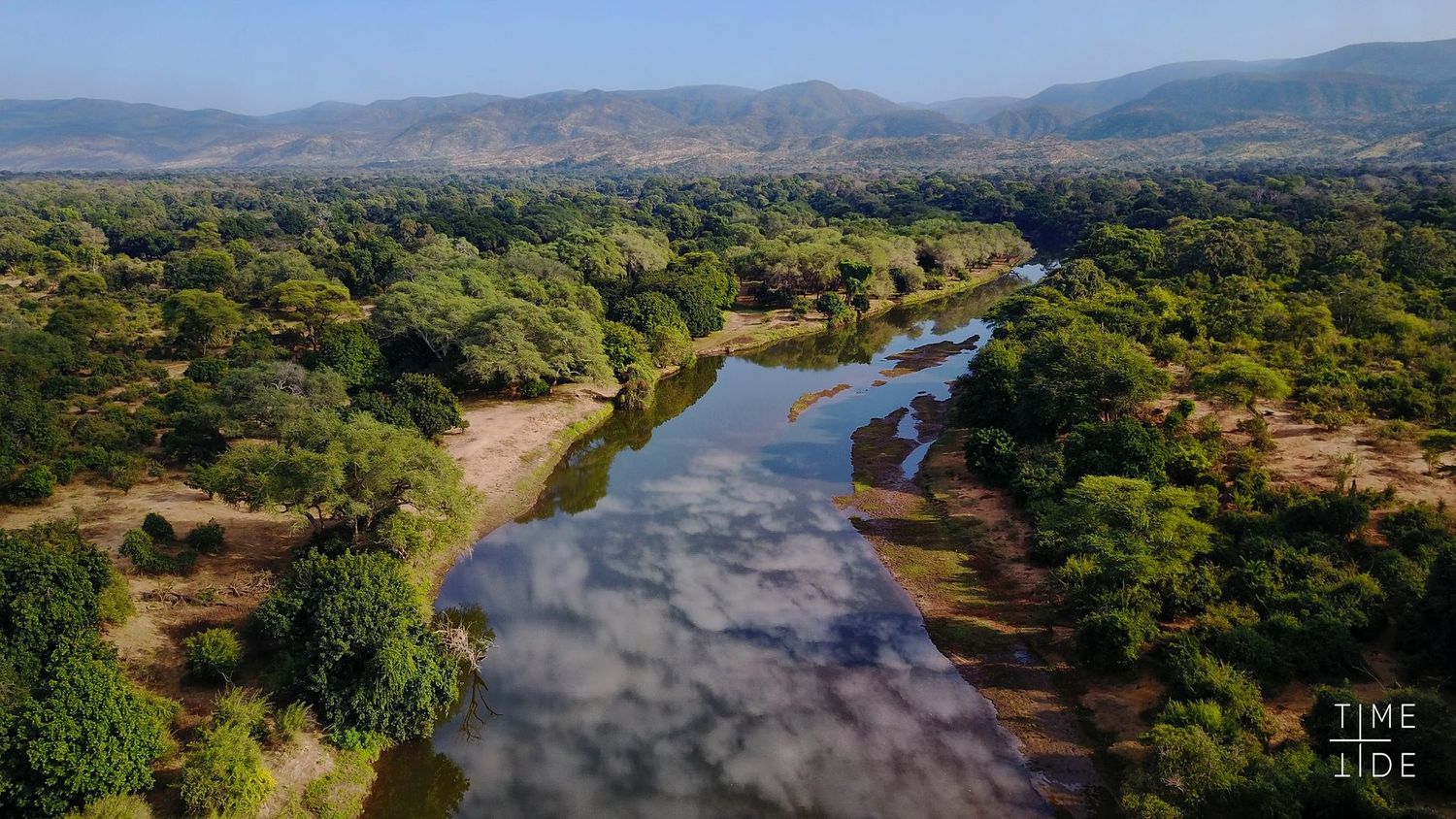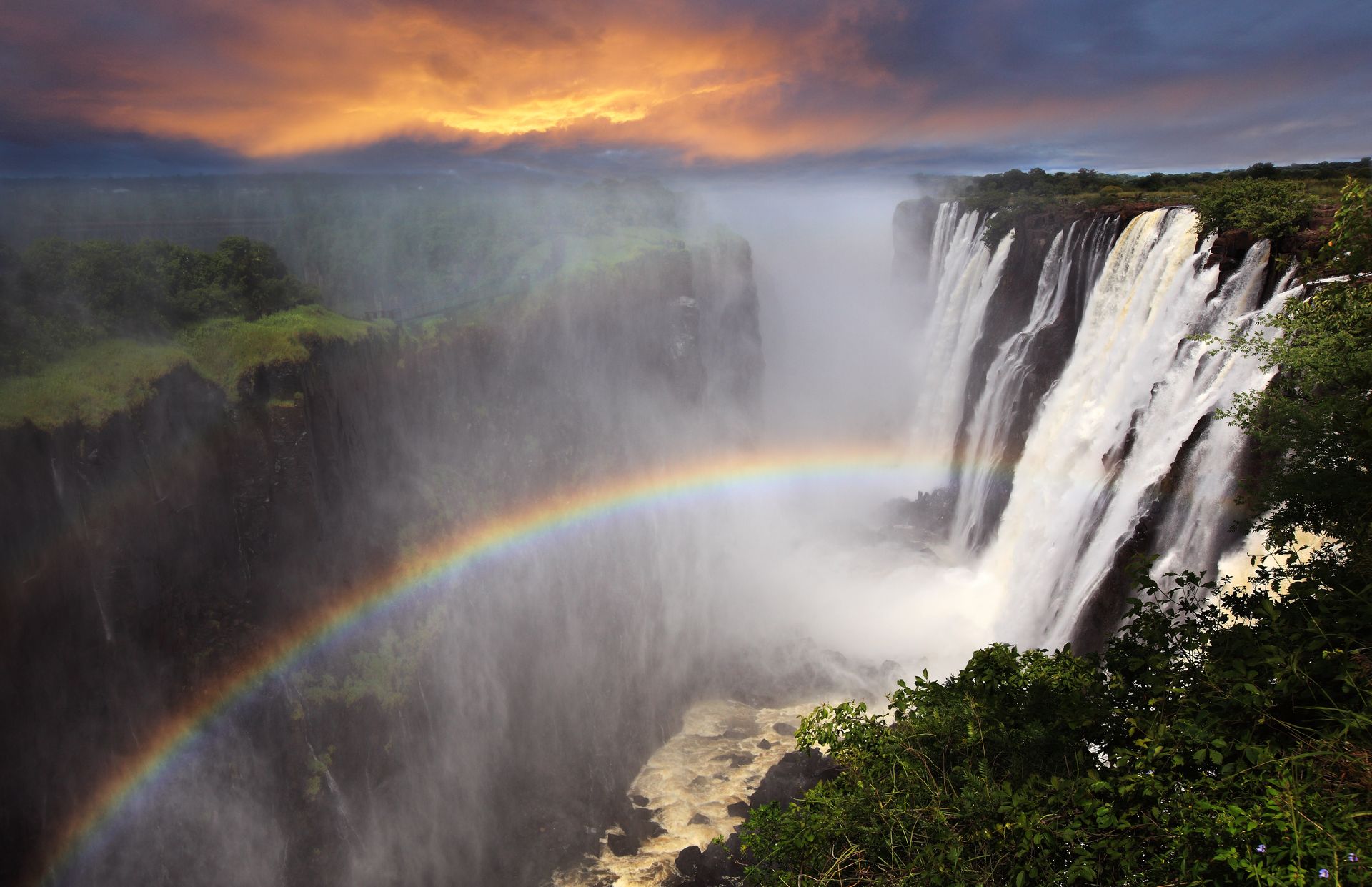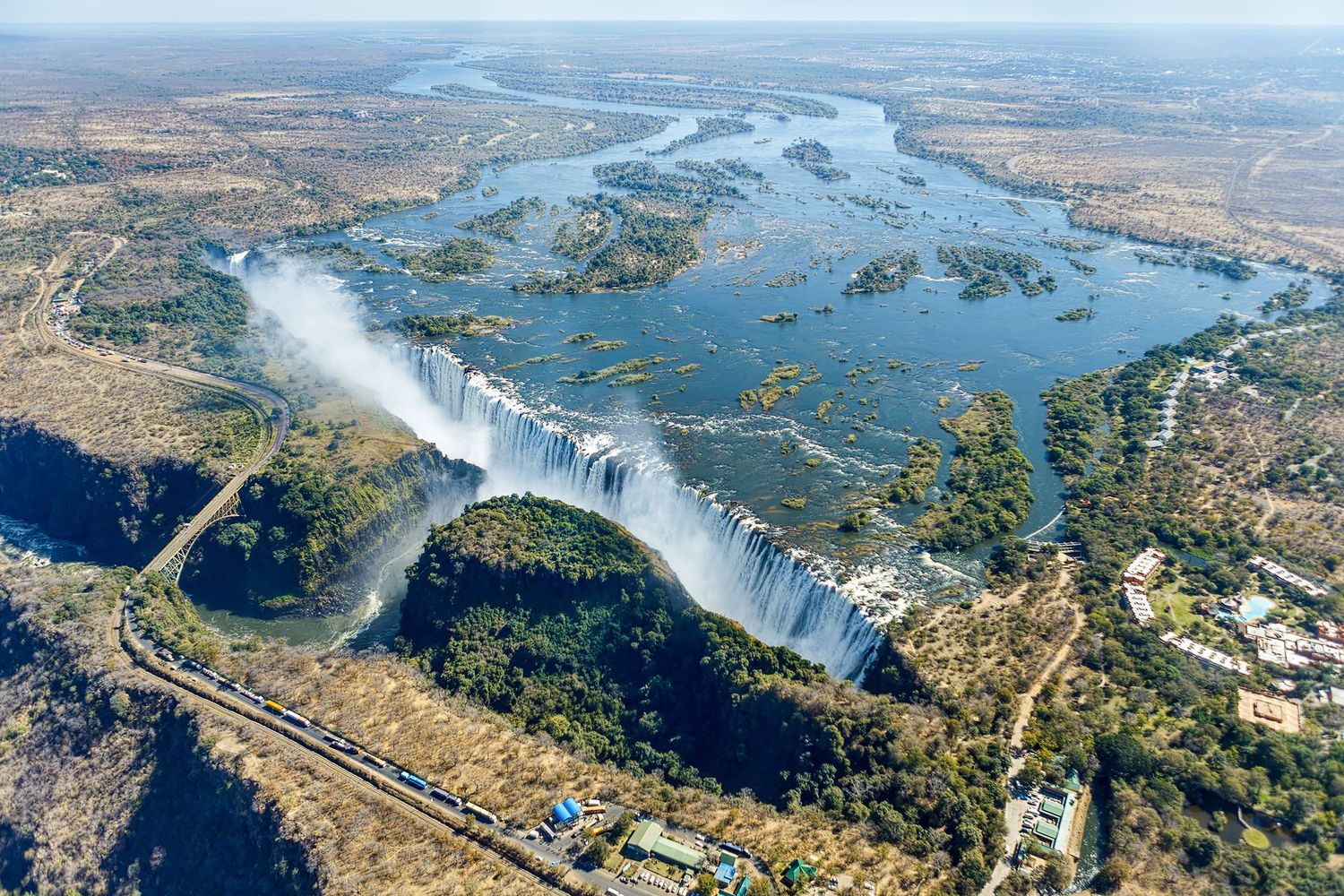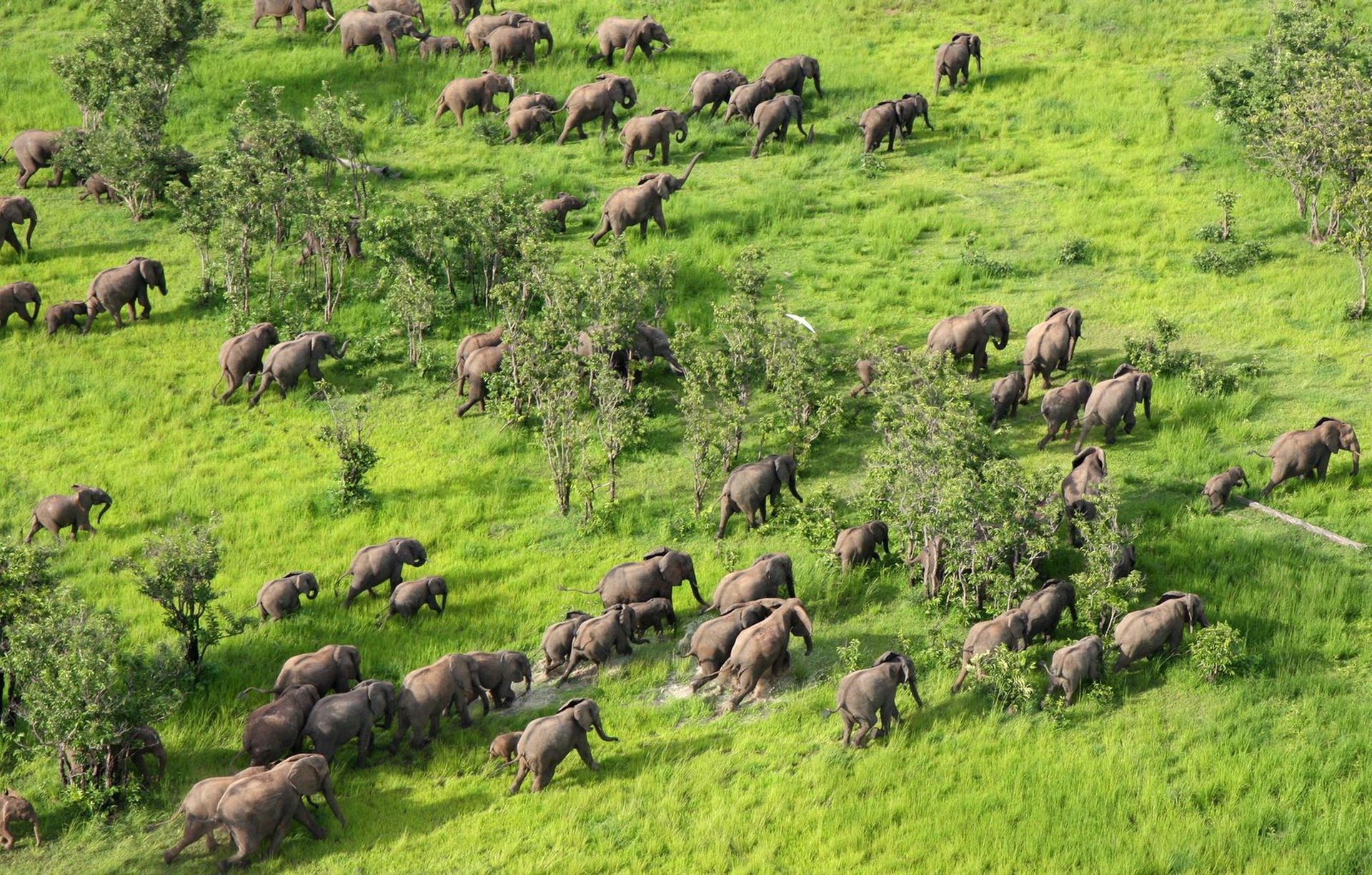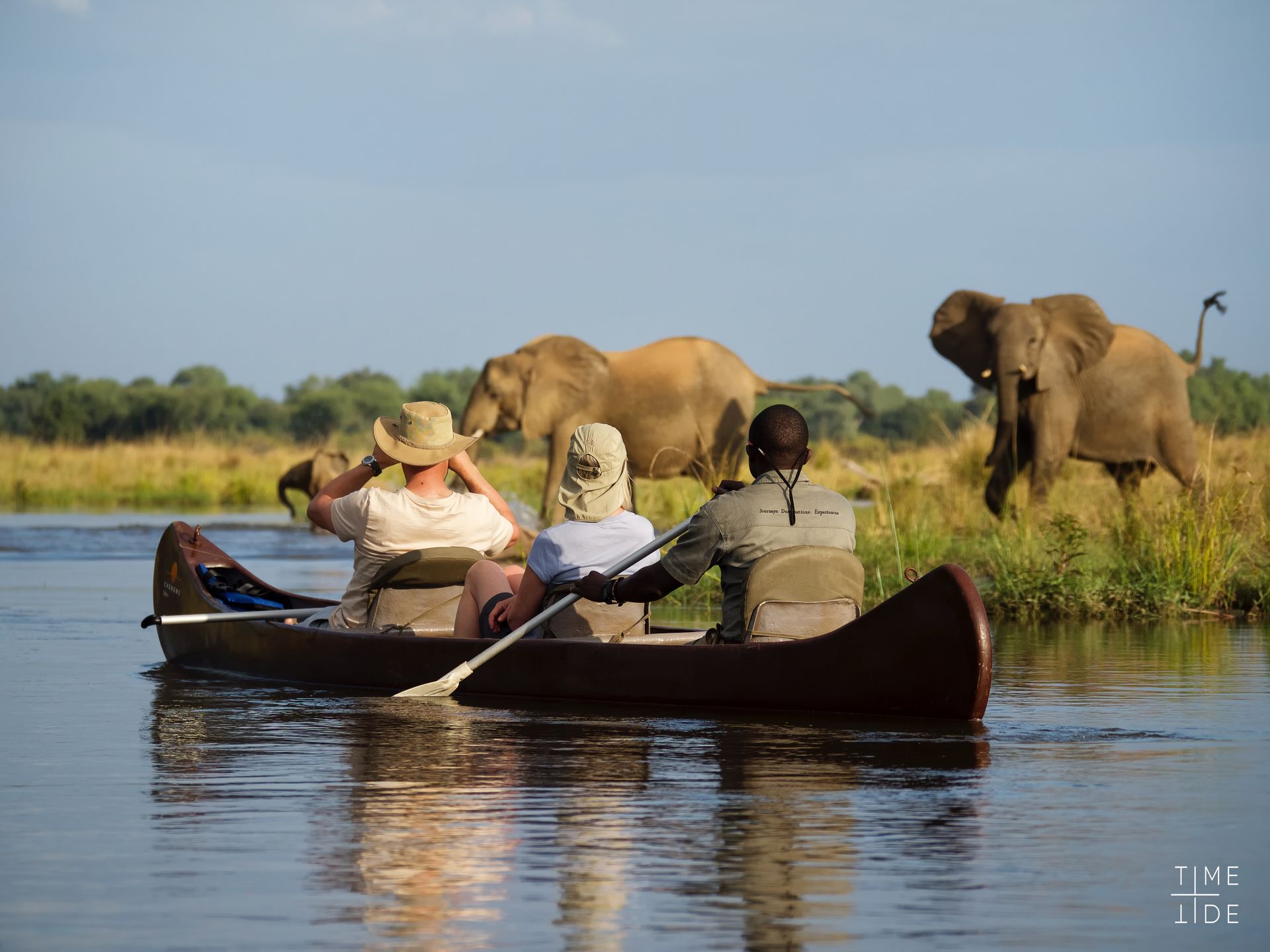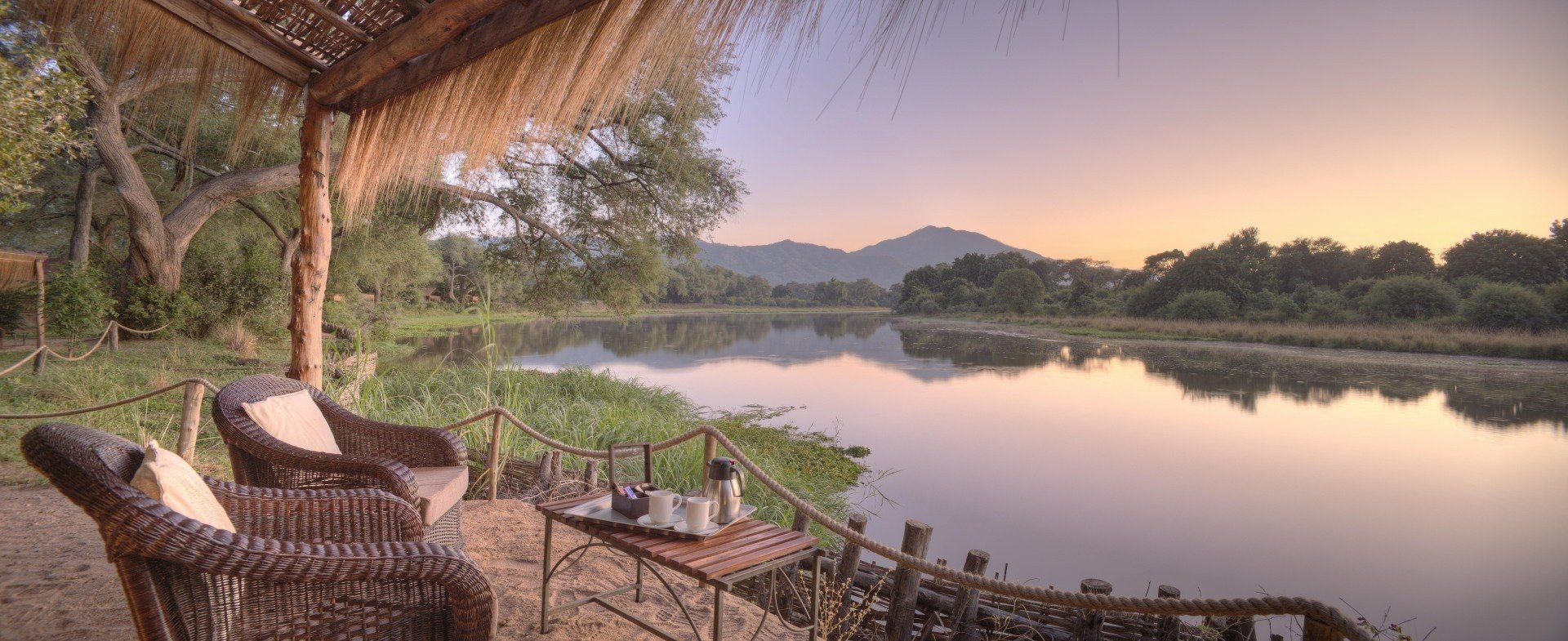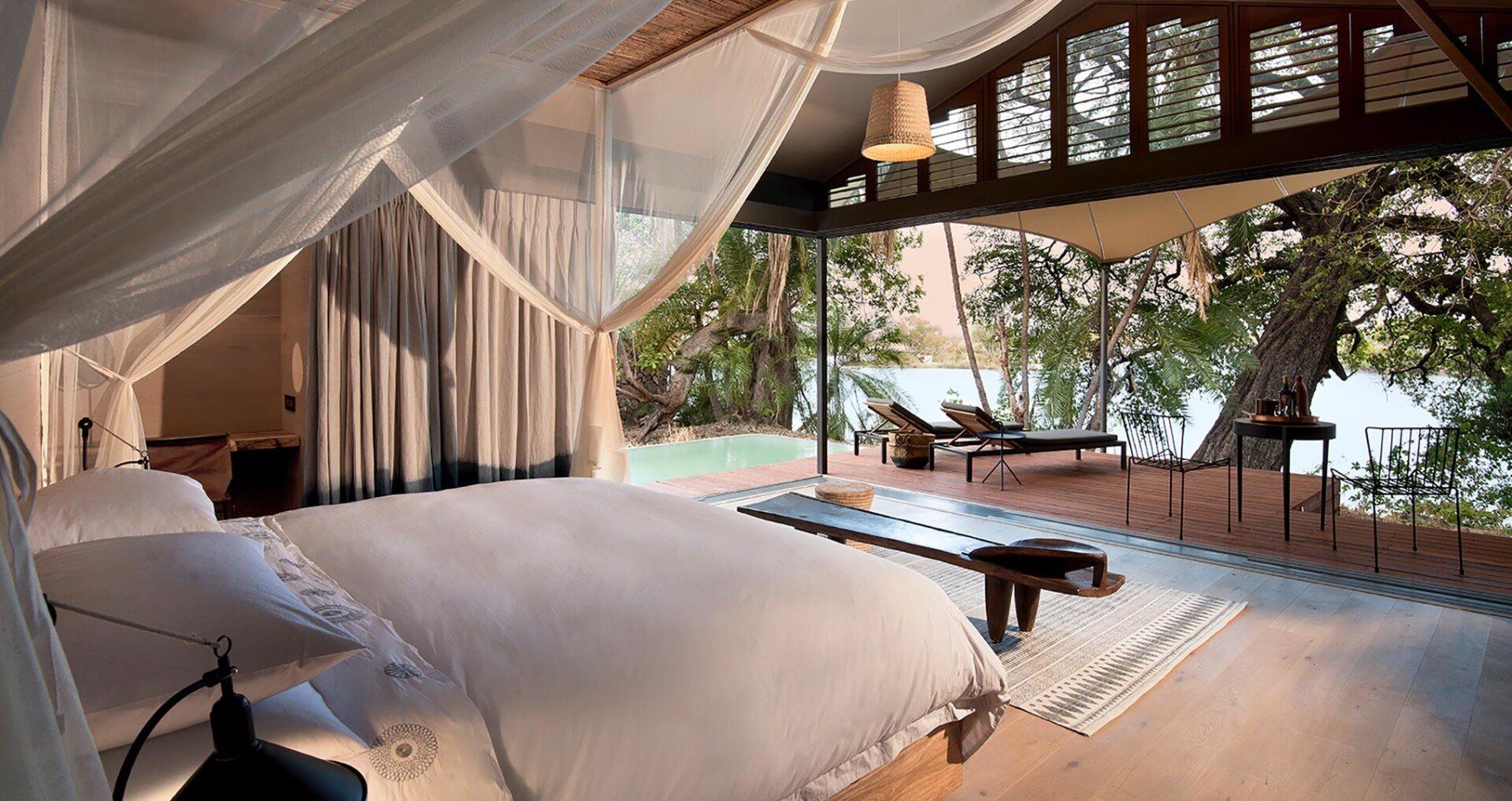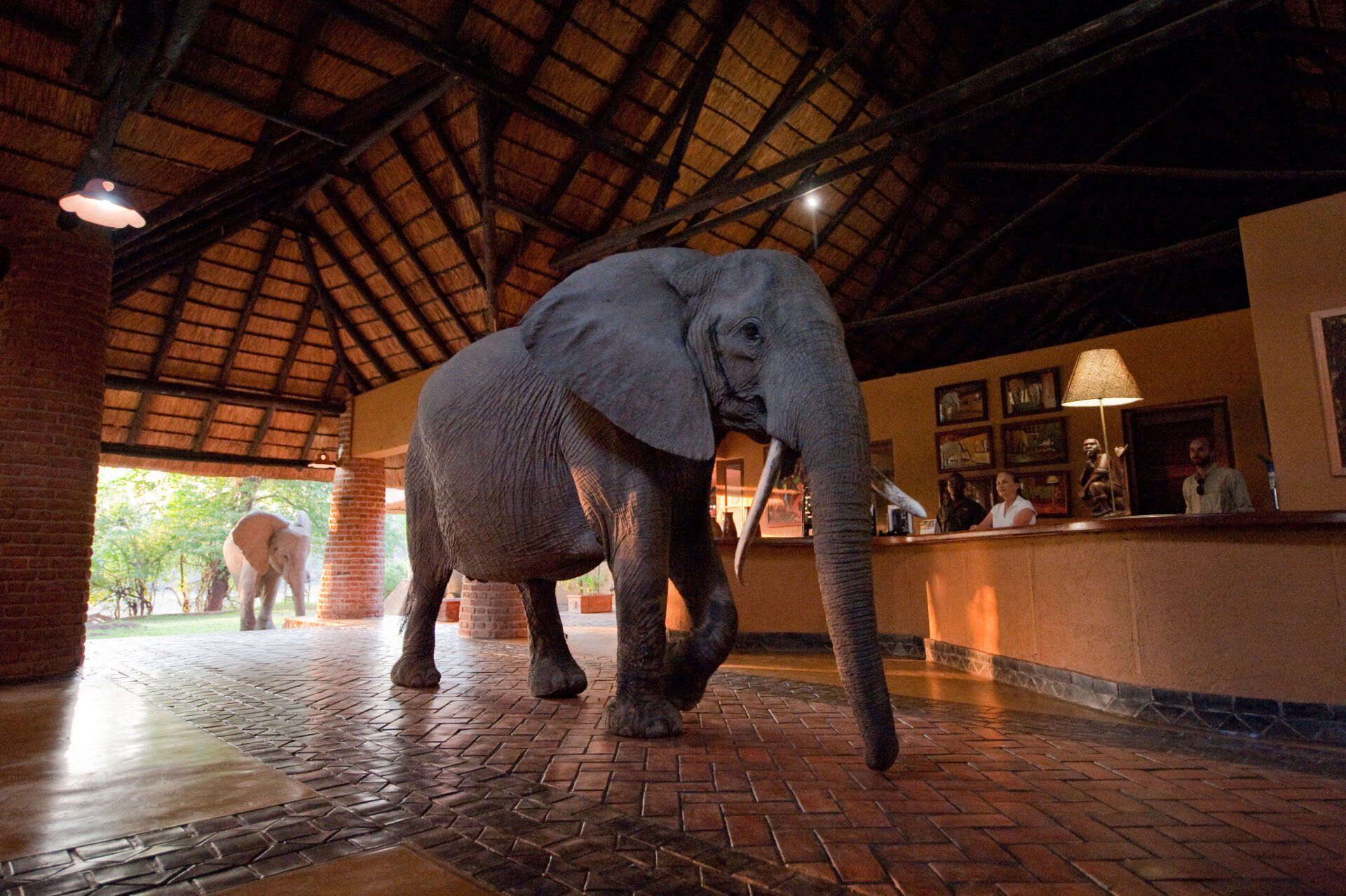Zambia
Welcome to sensational Zambia!
There's nowhere quite like Zambia. It's wonderfully wild and one of Southern Africa's best bets when it comes to outstanding safari experiences, incredible wildlife, out-of-this-world scenery and warm hospitality. From the banks of the mighty Zambezi River where it forms a border with neighbouring Zimbabwe in the south to the vast landscapes of the South Luangwa and Liuwa Plain and the wide open spaces of the Kafue National Park - one of Africa's largest untamed wilderness areas - Zambia has it all and more!
It's a land of gentle giants and natural spectacles, where elephants roam free and the world's largest falling body of water - the Victoria Falls - cascades more than 100m straight down as the Zambezi tears through one of the most awe-inspiring gorges on its way towards the distant sea. Blessed with a rich natural heritage and wildlife phenomena like the second-largest wildebeest and zebra migration in Africa. which happens every year in Liuwa Plain National Park, Zambia embodies the spirit of the wild at every step.
Its small, owner-run camps are intimate, luxurious and private, offering authentic and immersive safari experiences that really connect you to "Mama Africa" and the wilderness. Whether its exploring on foot in the South Luangwa - the traditional home of the walking safari - or taking an afternoon river safari along the Zambezi in the magnificent Lower Zambezi National Park, no two safaris are ever the same.
It's this variety and diversity of offerings that helps to position Zambia as the perfect destination for those looking for adventure and up-close-and-personal encounters with fantastic wildlife. Its also the place to be if you want to make yourself at home in the African bush, relaxing in easy surroundings, being pampered by incredible people and led by truly superlative safari guides, learning everything you can about this marvellous country and its wild fauna and flora.
Effortlessly combine multiple different destinations into one exciting itinerary and come and explore Zambia with us!
Why Go?
While Zambia may not have the wildlife concentrations of Botswana, it's nonetheless an absolute must for game viewing fanatics, with some of the largest herds of elephant and buffalo to be seen in Southern Africa, especially along the Zambezi in the Lower Zambezi National Park and in the South Luangwa Valley.
Zambia is also blessed with incredible and unique landscapes created by its rich river systems that feed into the Zambezi, from the Kafue and Luangwa, which along with their more famous "cousin" have created wide, fertile floodplains that are filled with a variety of wildlife that you won't see anywhere else, from huge herds of roan and sable antelope, De Fasser's waterbuck, red lechwe and puku to the rare and odd-looking shoebill stork and elusive sitatunga antelope.
In terms of predators, Zambia never fails to impress, with excellent numbers of lion and leopard, as well as painted wolves (African wild dogs). You can also see cheetah in the Kafue National Park, and smaller, more elusive hunters such as caracal, serval and, of course, hyena.
This is a birder's paradise, with a plethora of endemic and migrant species on offer throughout the year but at its most special during the largely ignored "emerald" season from February to April each year. From Pel's fishing owl to the rosy-throated longclaw and seemingly everything in between, make sure you bring your binoculars and your tick list!
If you're a photographer, Zambia will not disappoint. It's natural beauty is matched by its diverse cultural heritage and some of the most colourful tribal gatherings and traditions in Africa, such as the annual Kuomboka ceremony of the Lozi people which takes place on the upper reaches of the Zambezi when it begins to flood, usually in late March to April each year.
Zambia - Want to find out more?
When To Go
A handy guide to what to expect from the weather, daily temperatures and information to help you plan the perfect Zambian safari with us...
Tours & Safaris
Speak to us about creating the perfect itinerary for you to Zambia. All of our itineraries are bespoke and tailored to suit both your requirements and your budget. We are happy to advise you on what to include in your itinerary and on the range of accommodation options available to you.
Accommodation
Your Best African Safari tour will take you to some of Zambia's best-loved lodges and camps... Here is a selection of a few of them that we use regularly in our itineraries and safari packages...
Map
Make use of our convenient and interactive map to explore the suggested hotspots and highlights for your Best African Safaris tour of Zambia!

